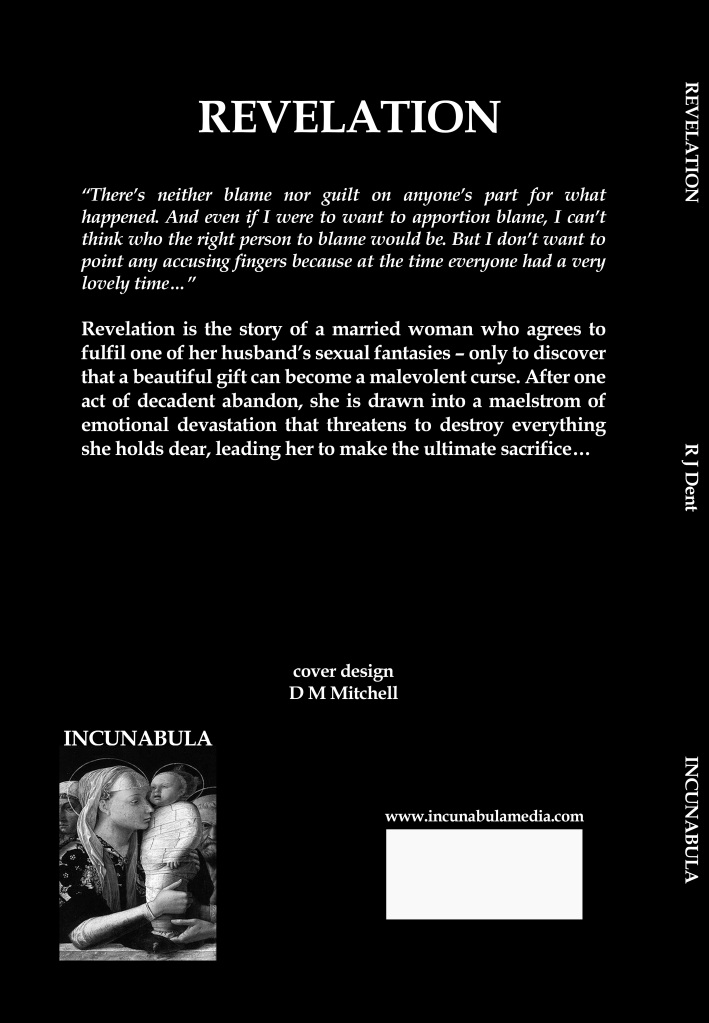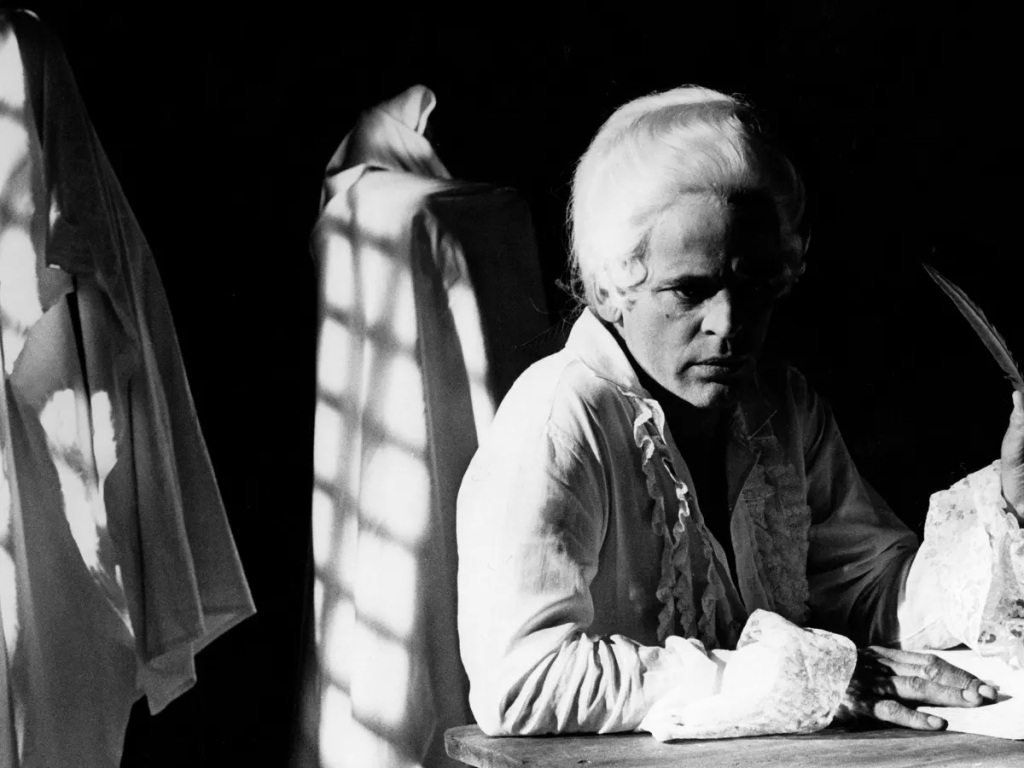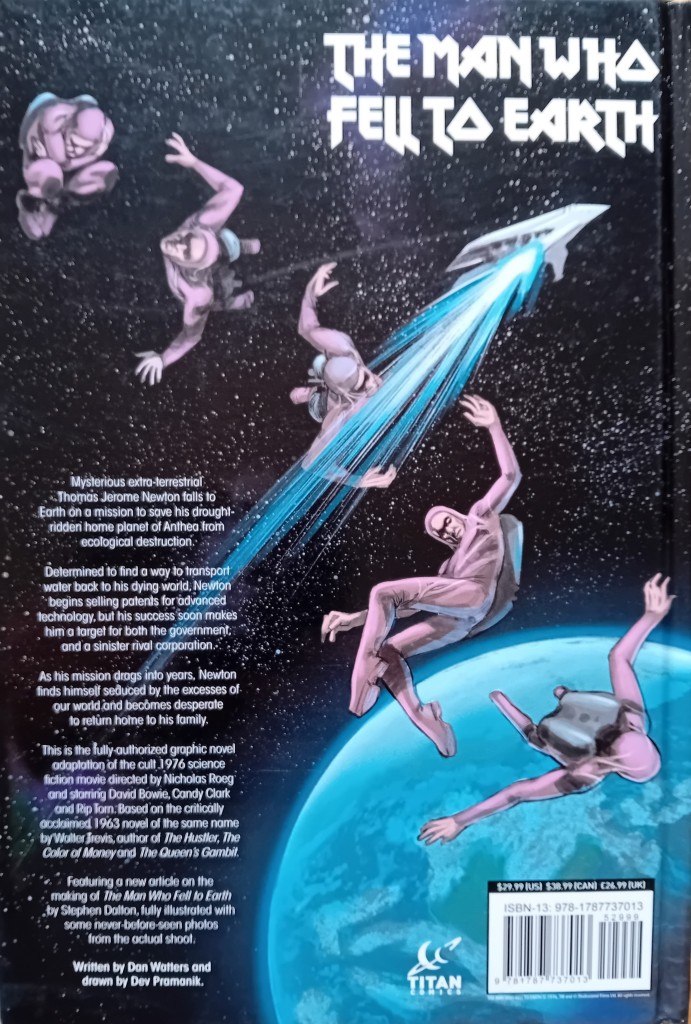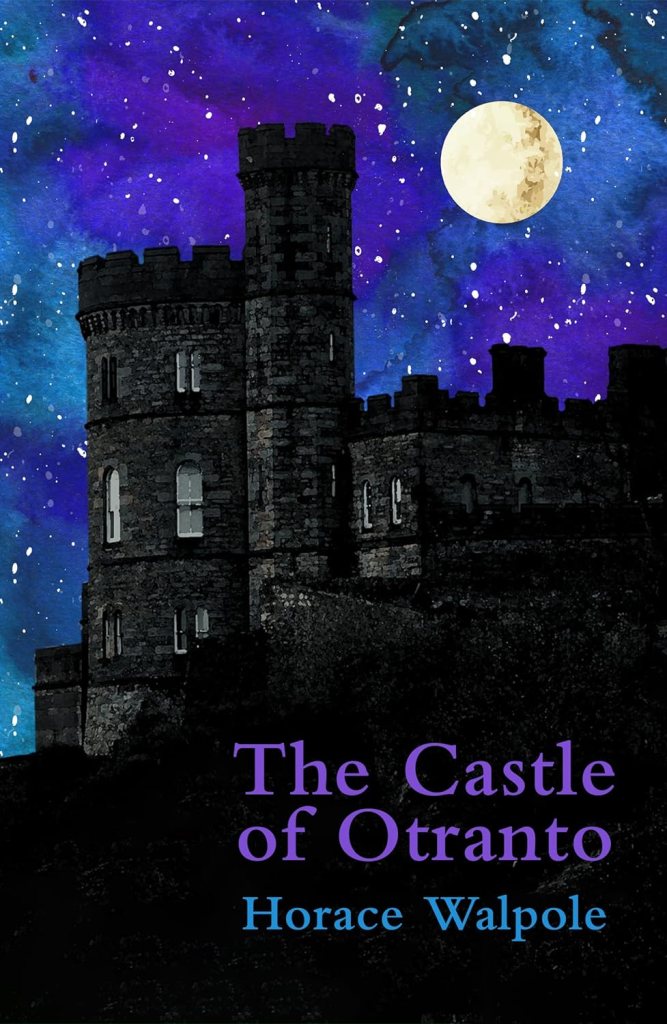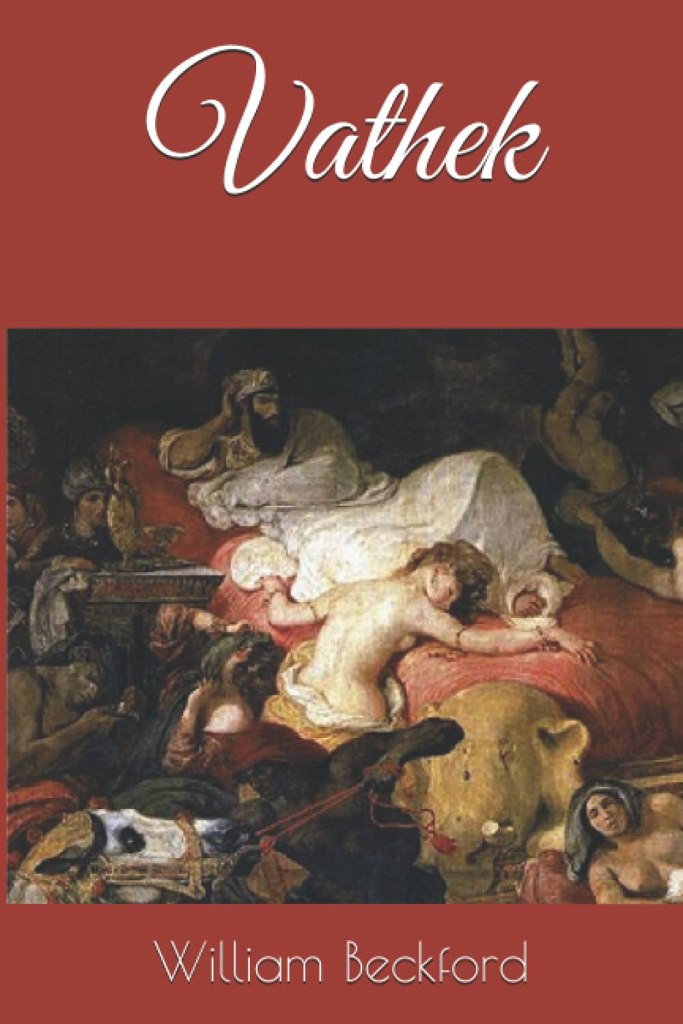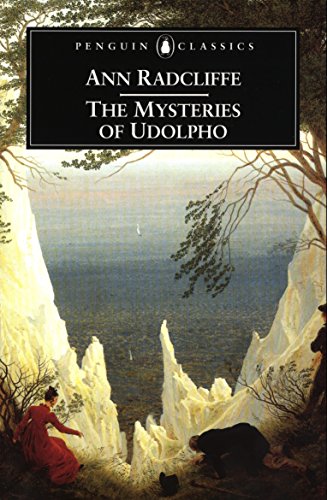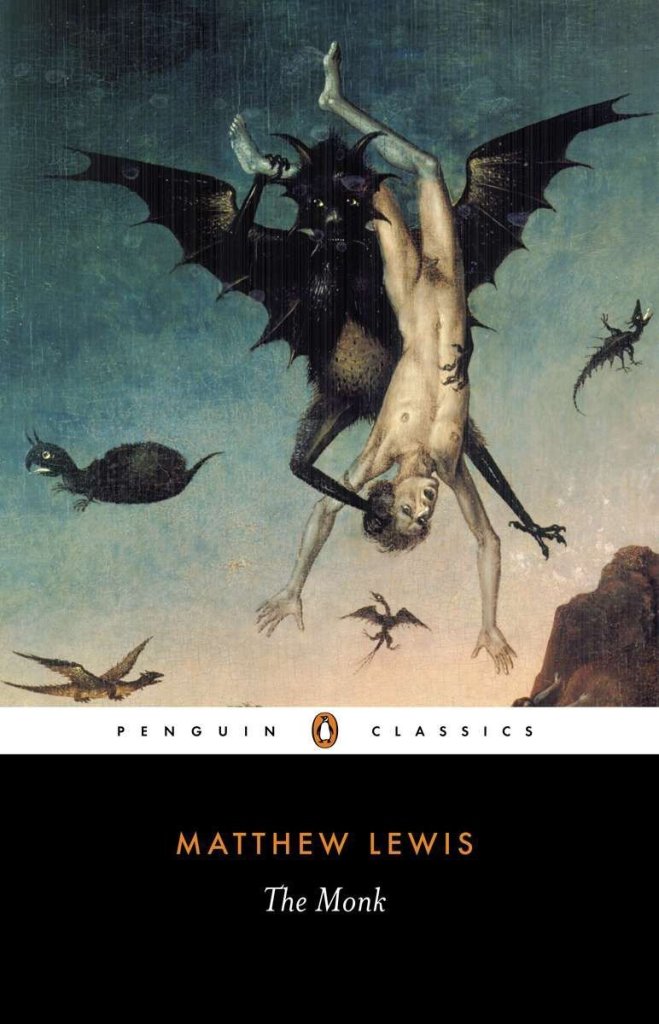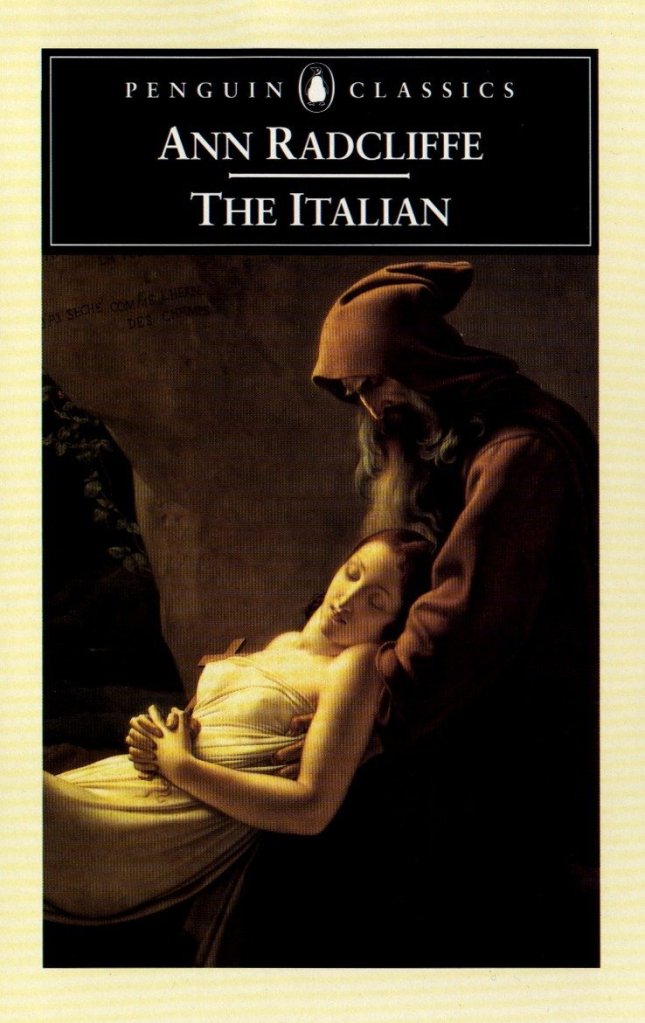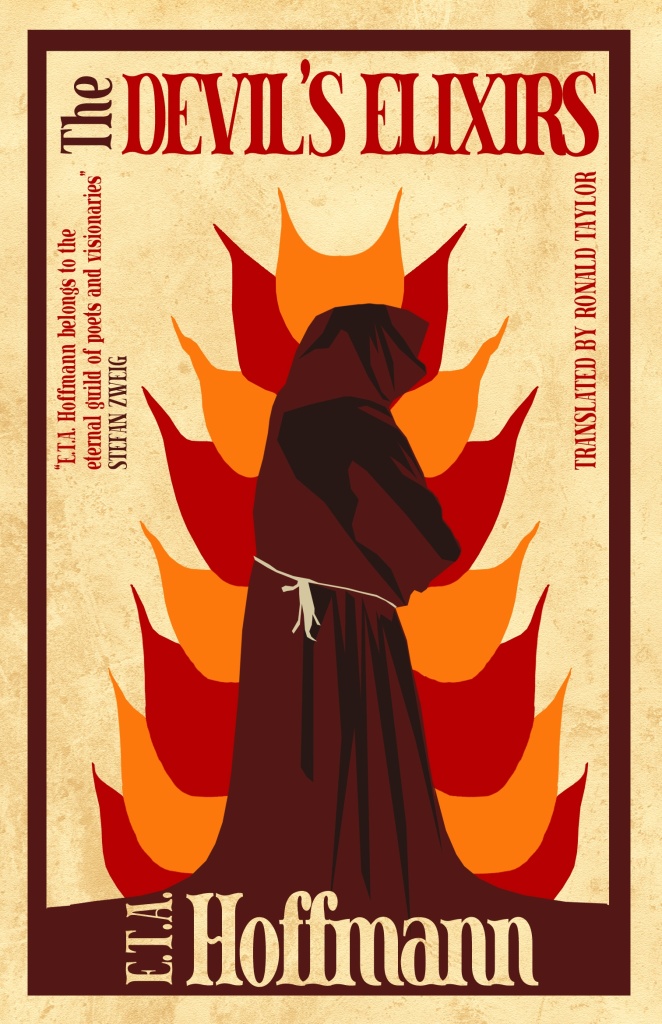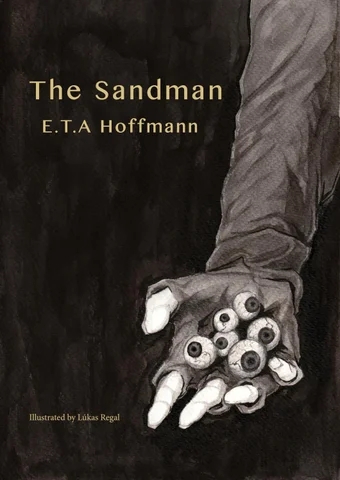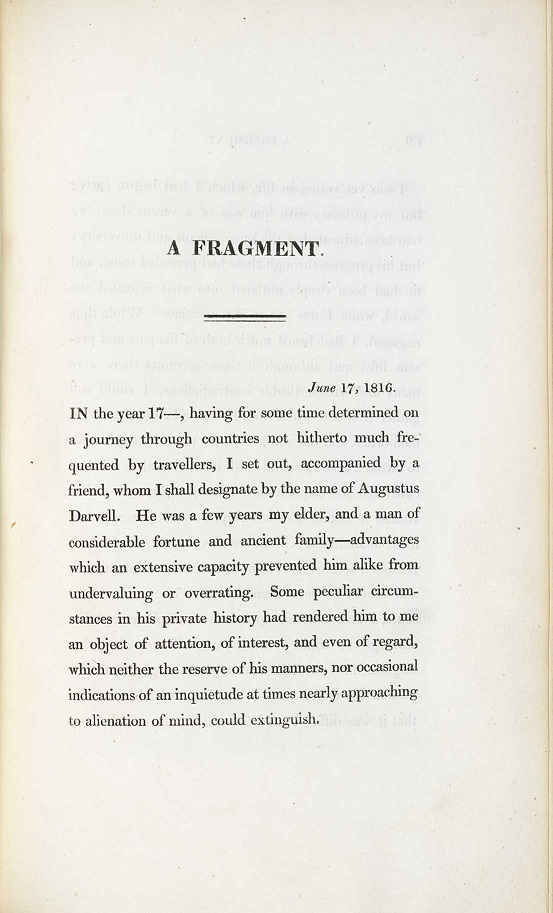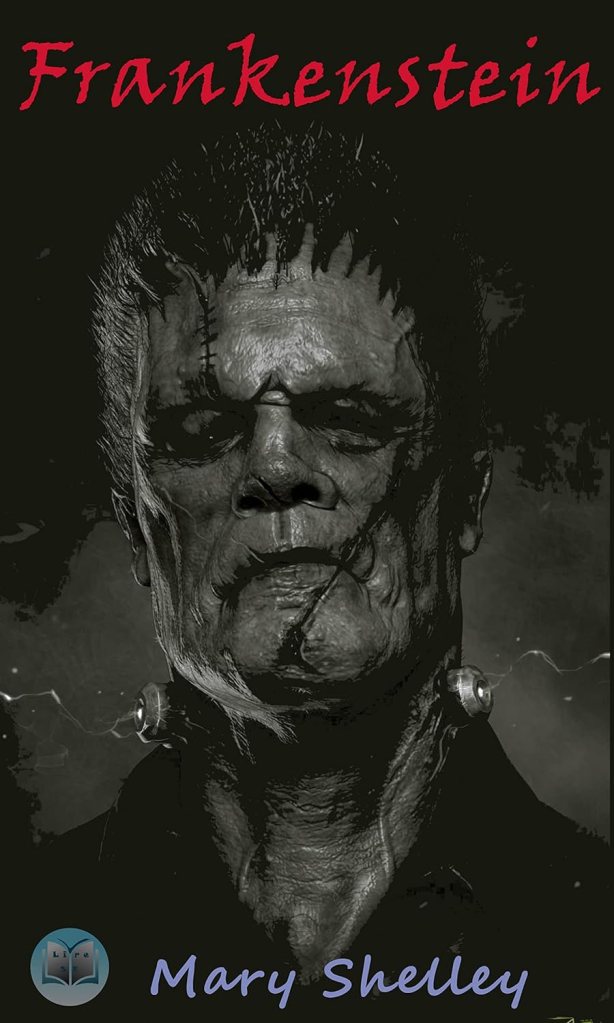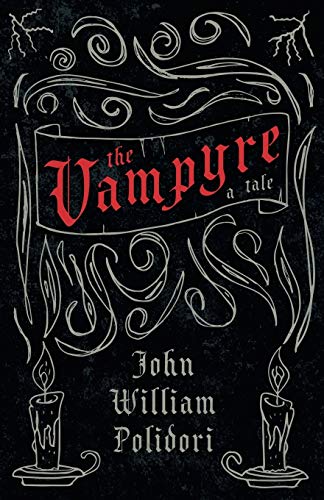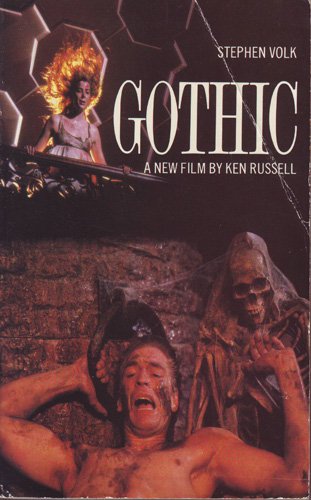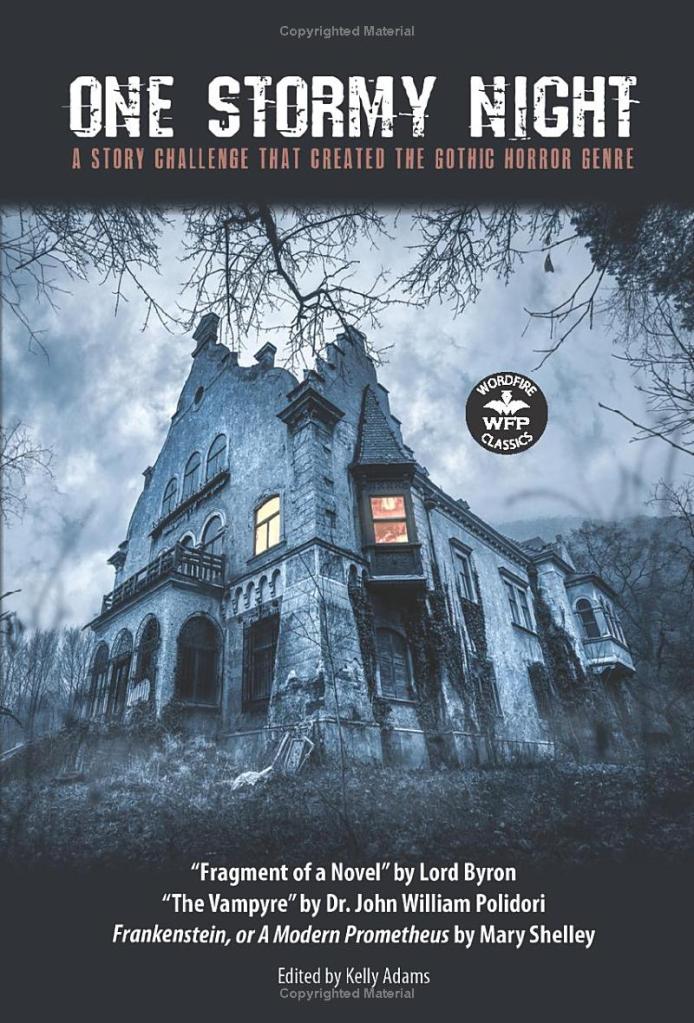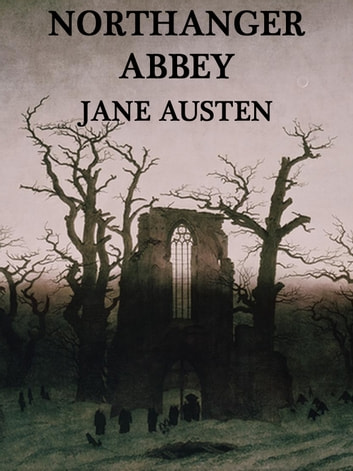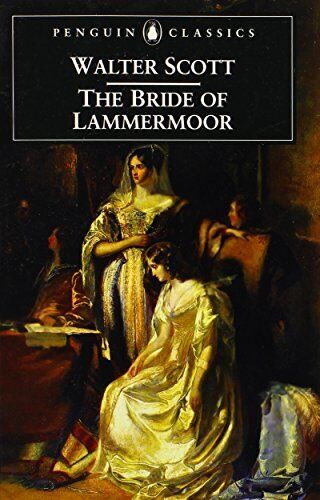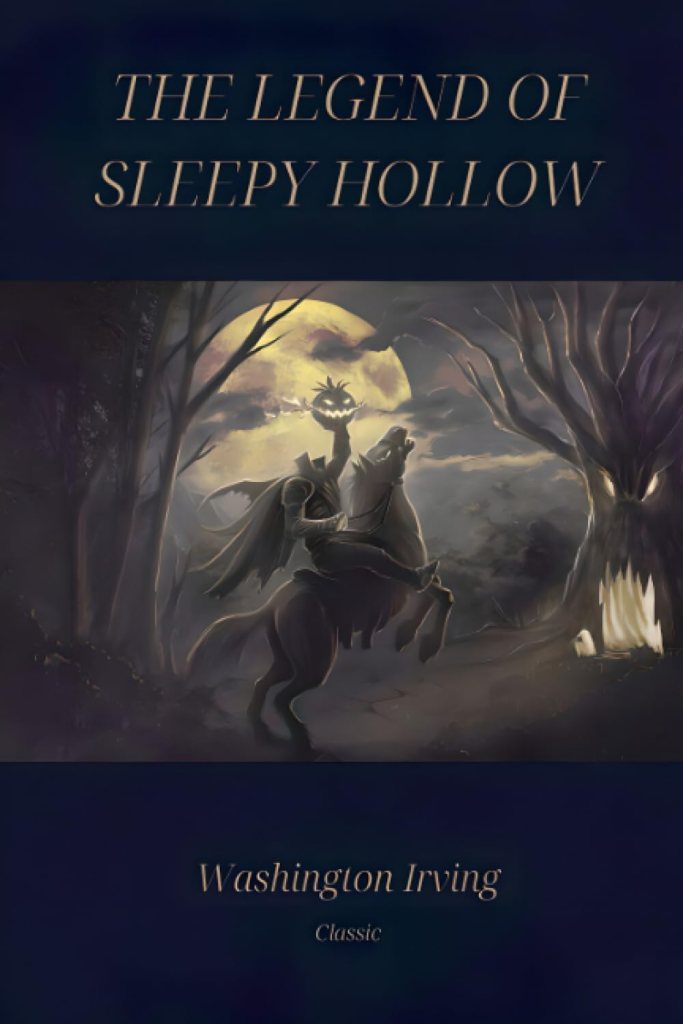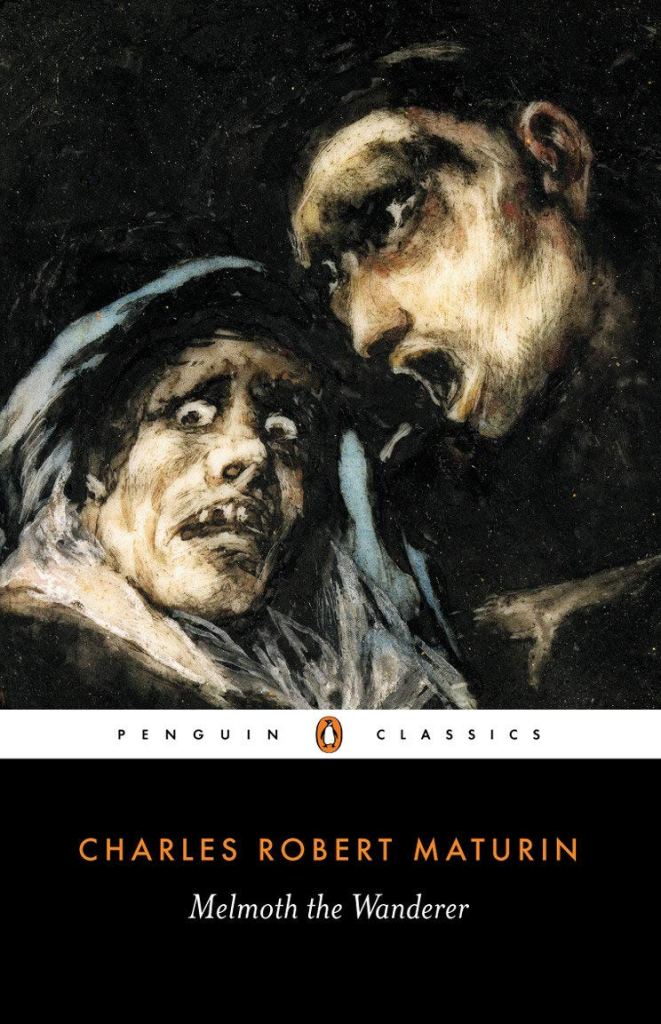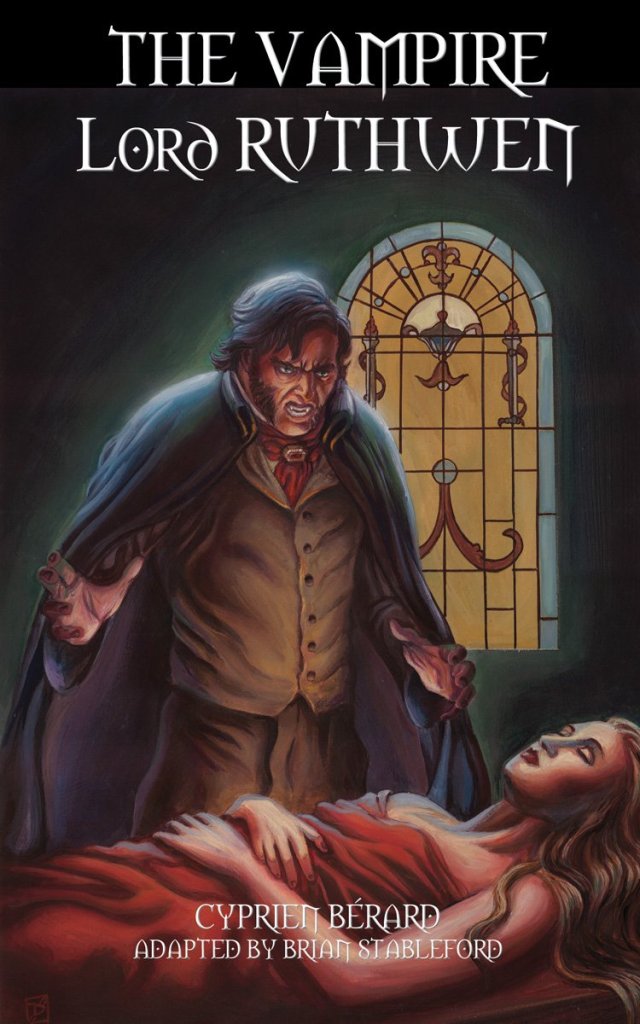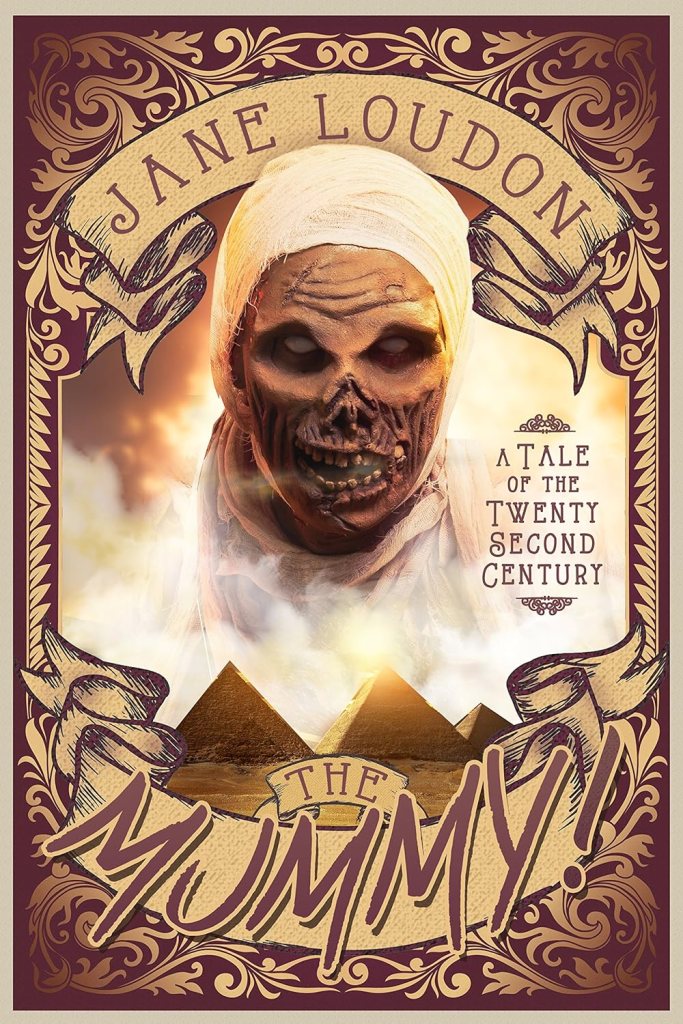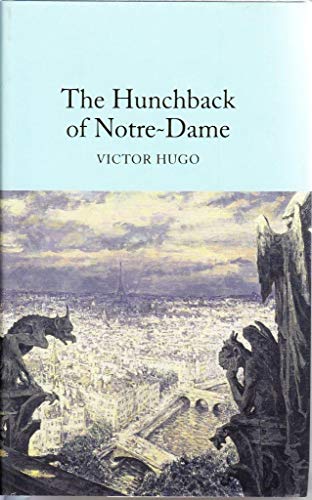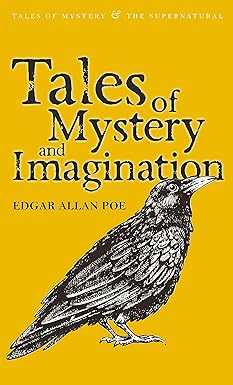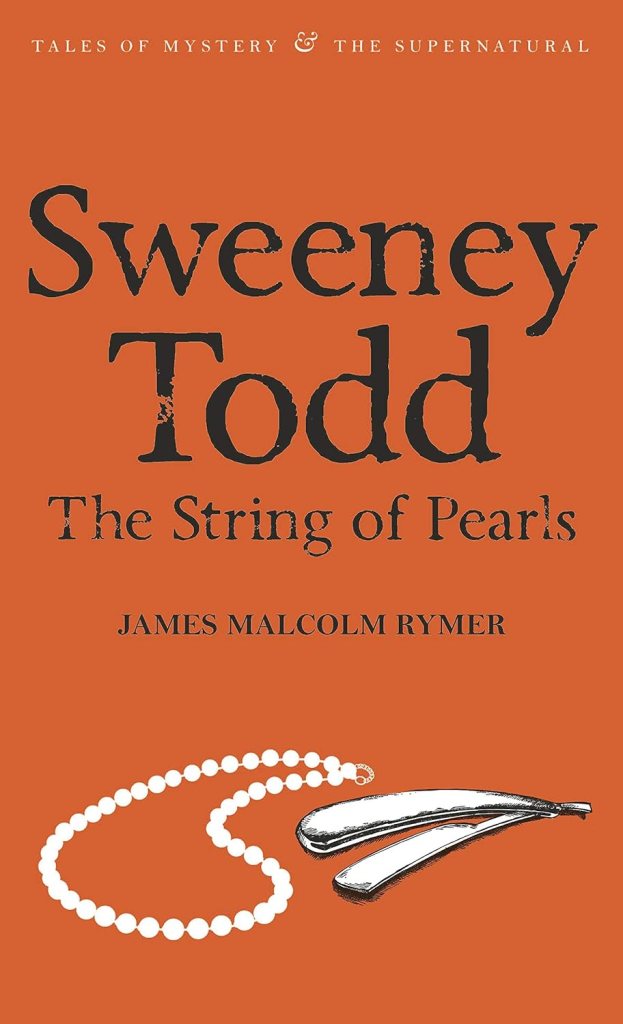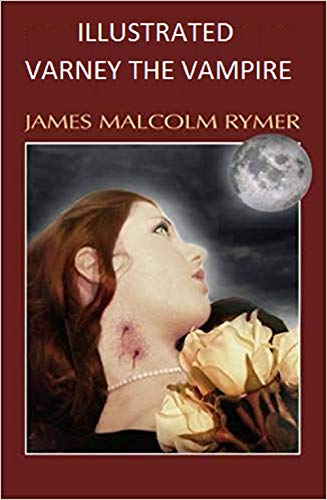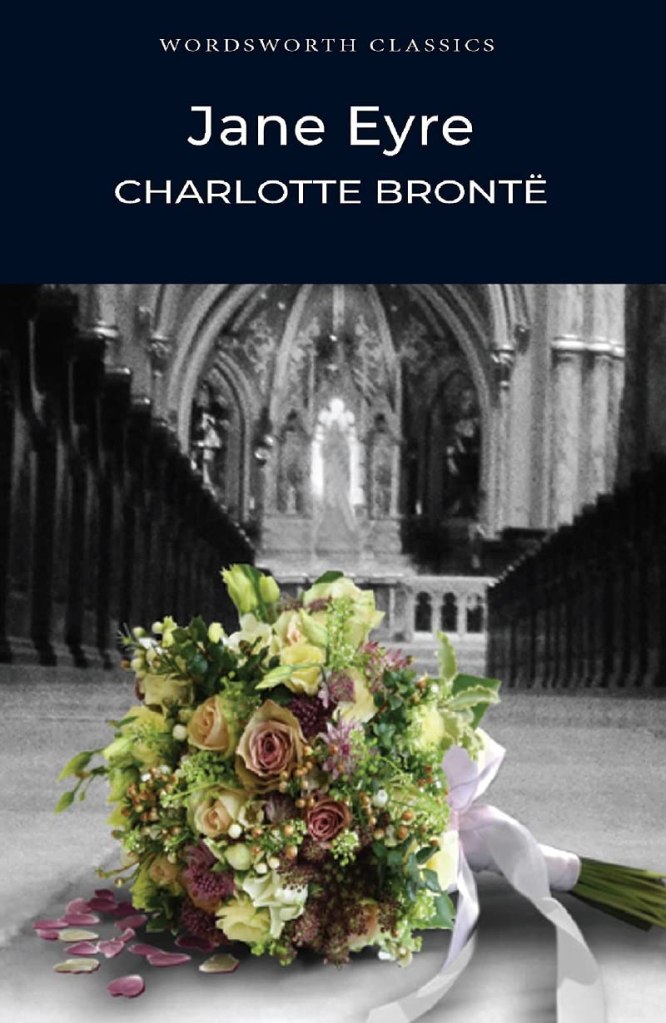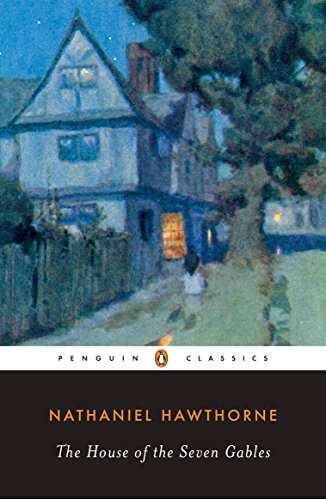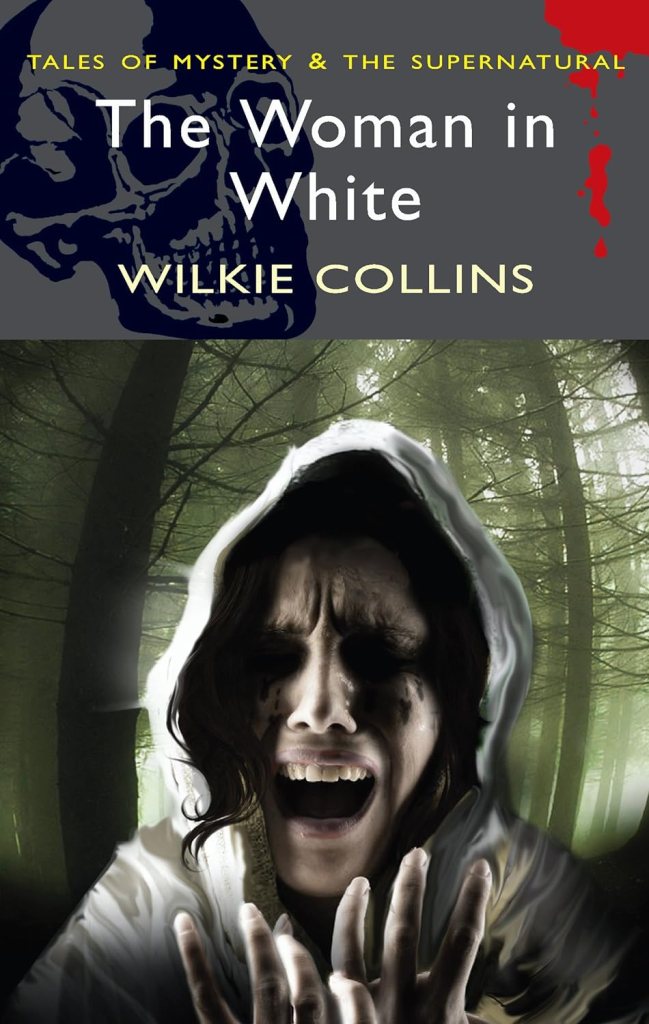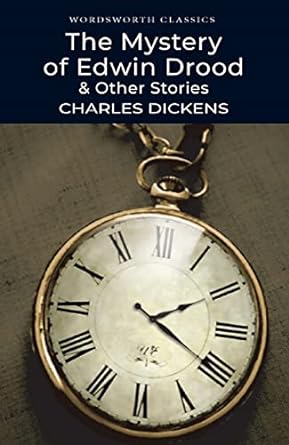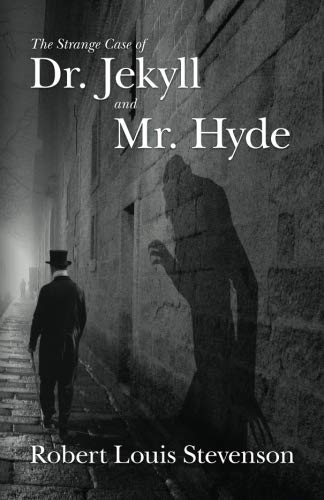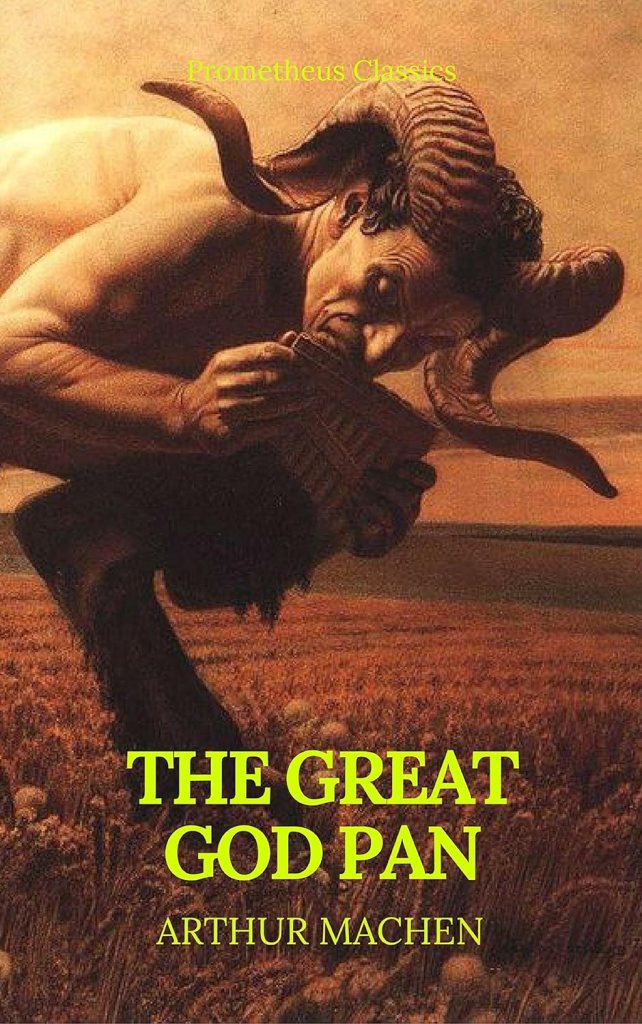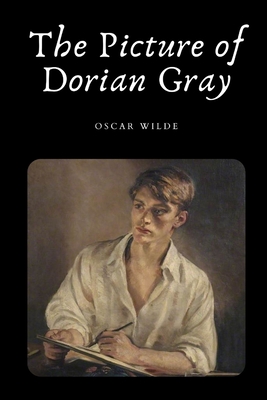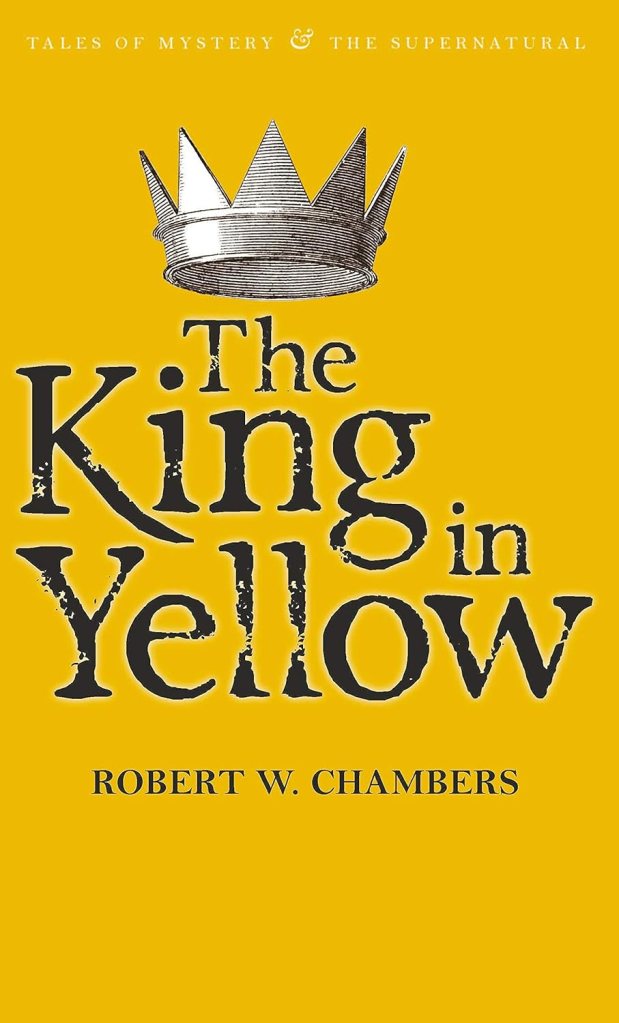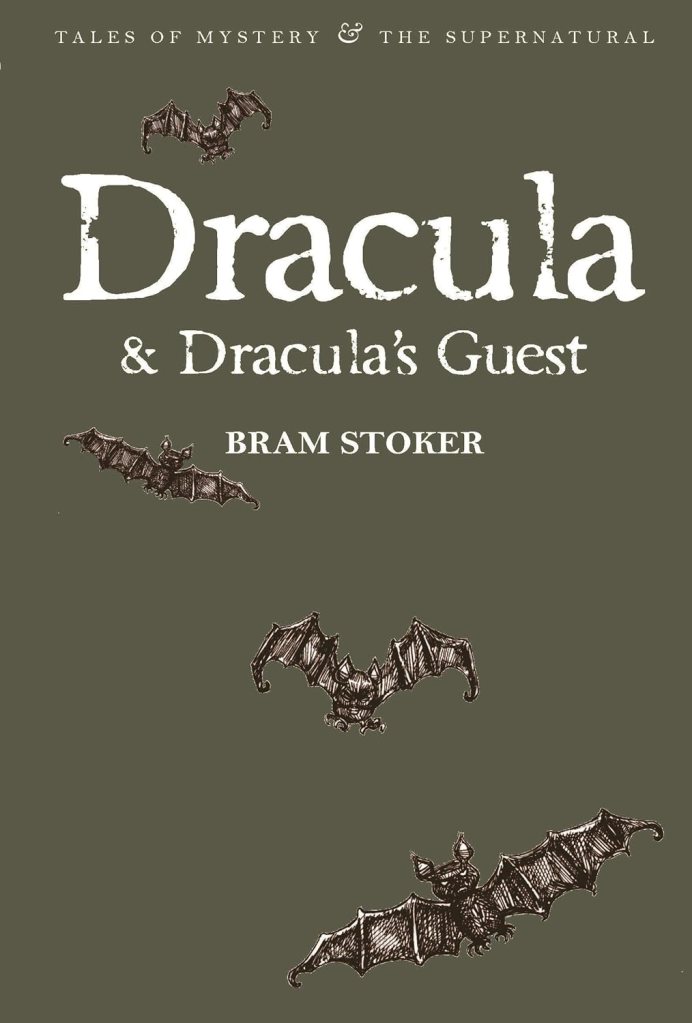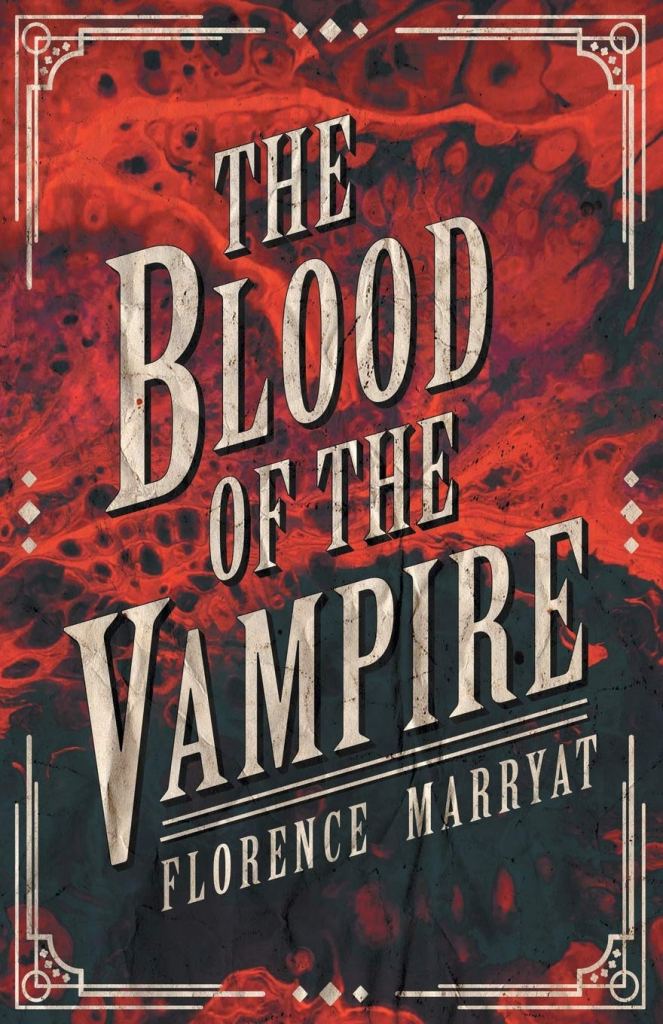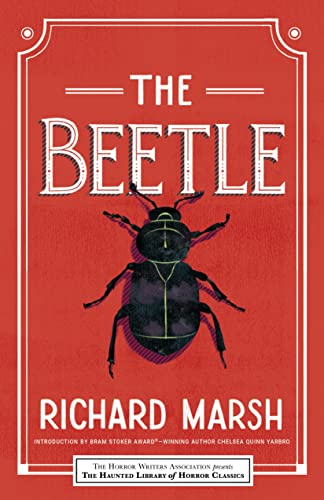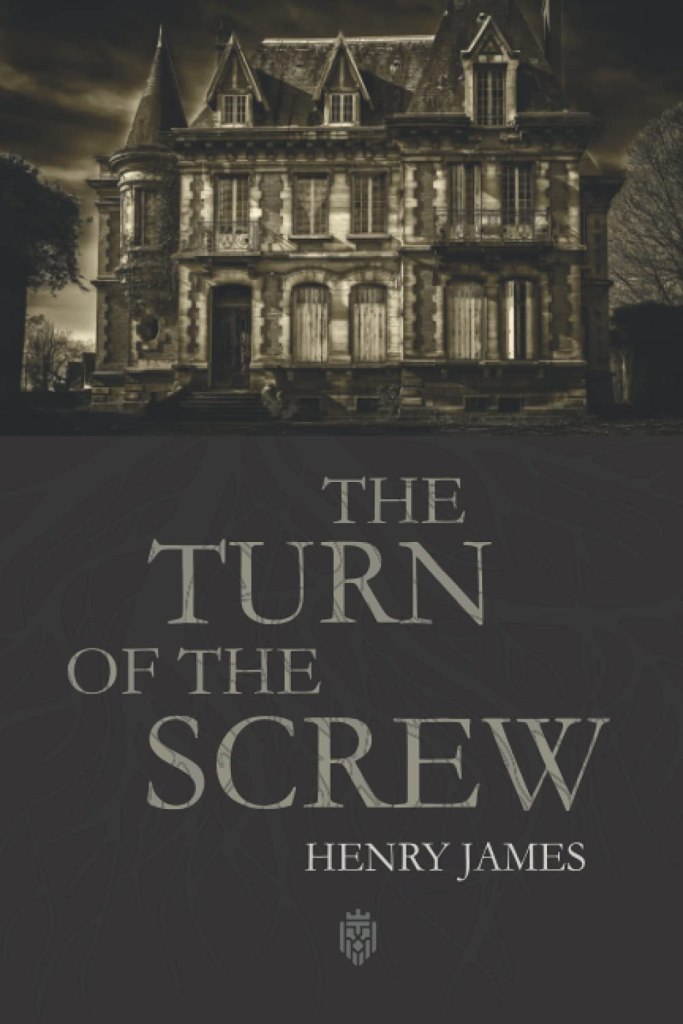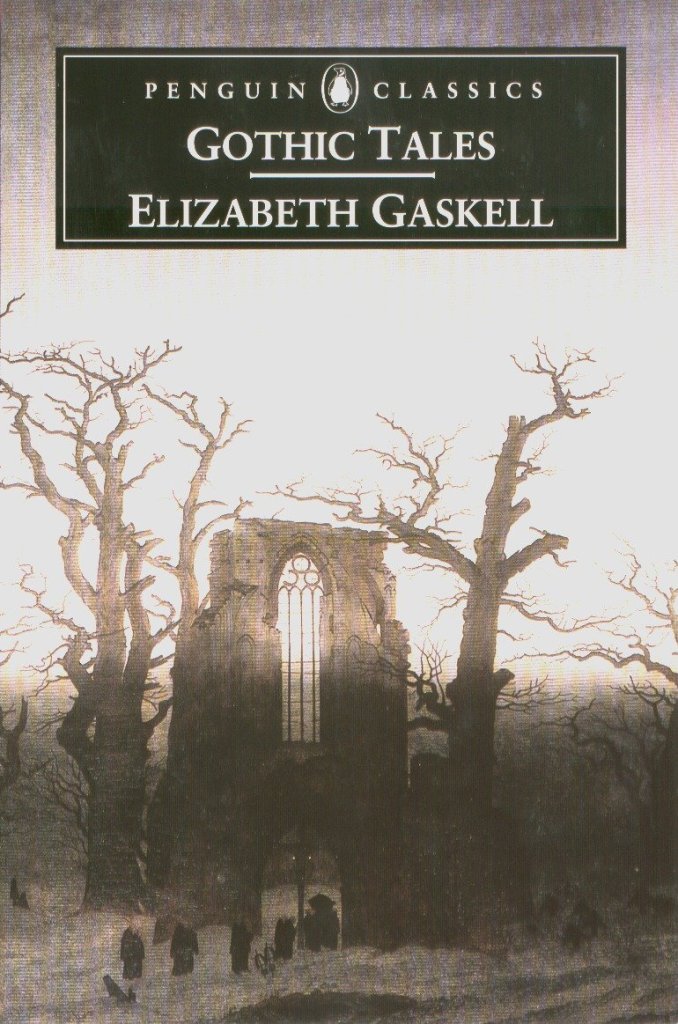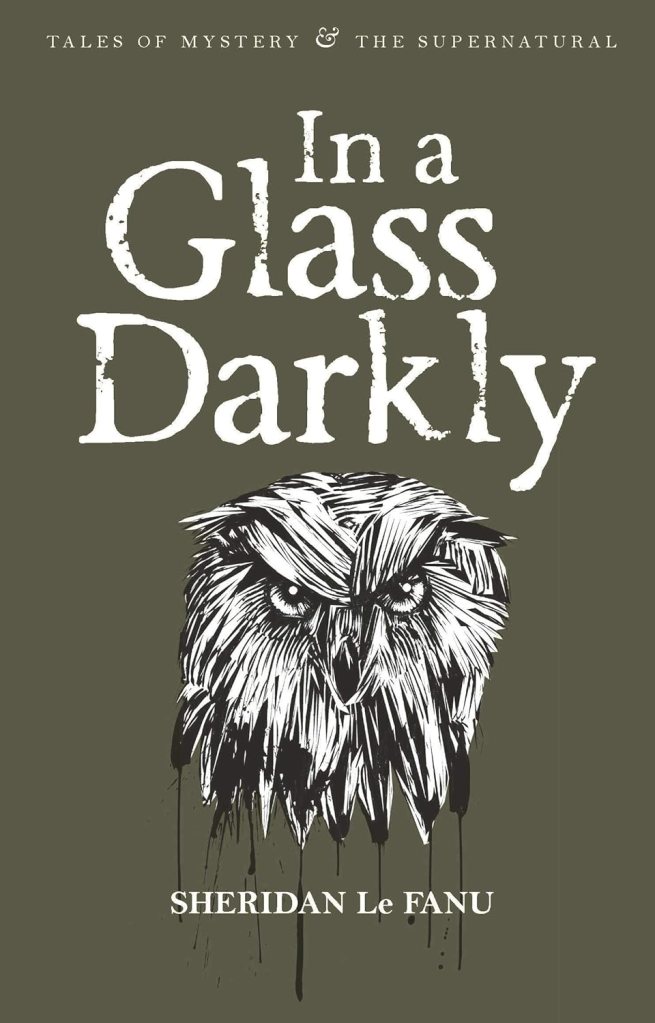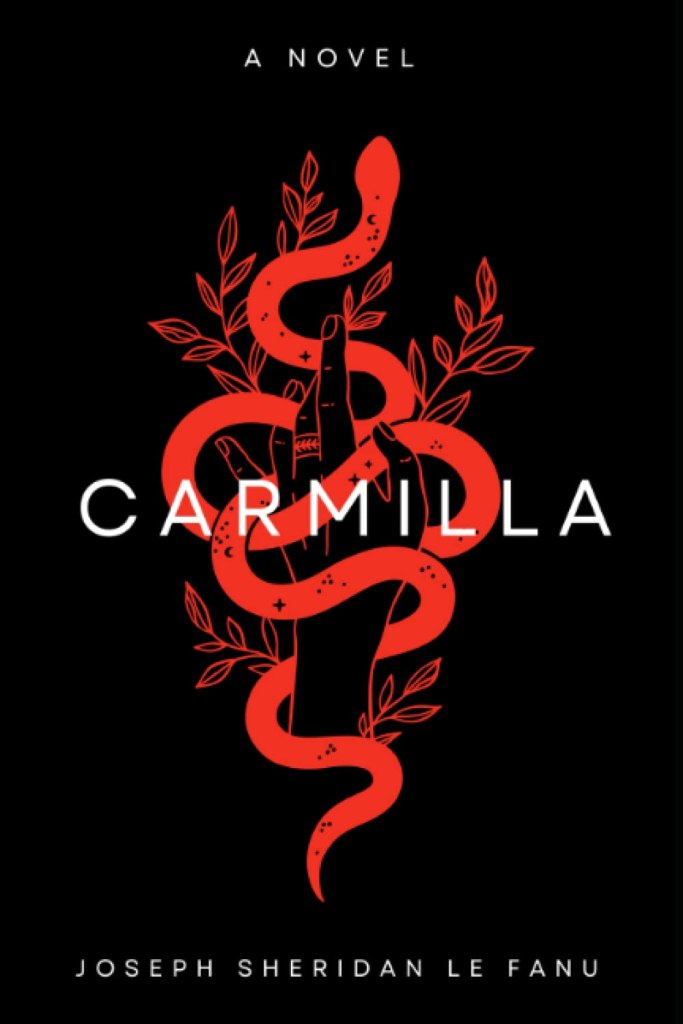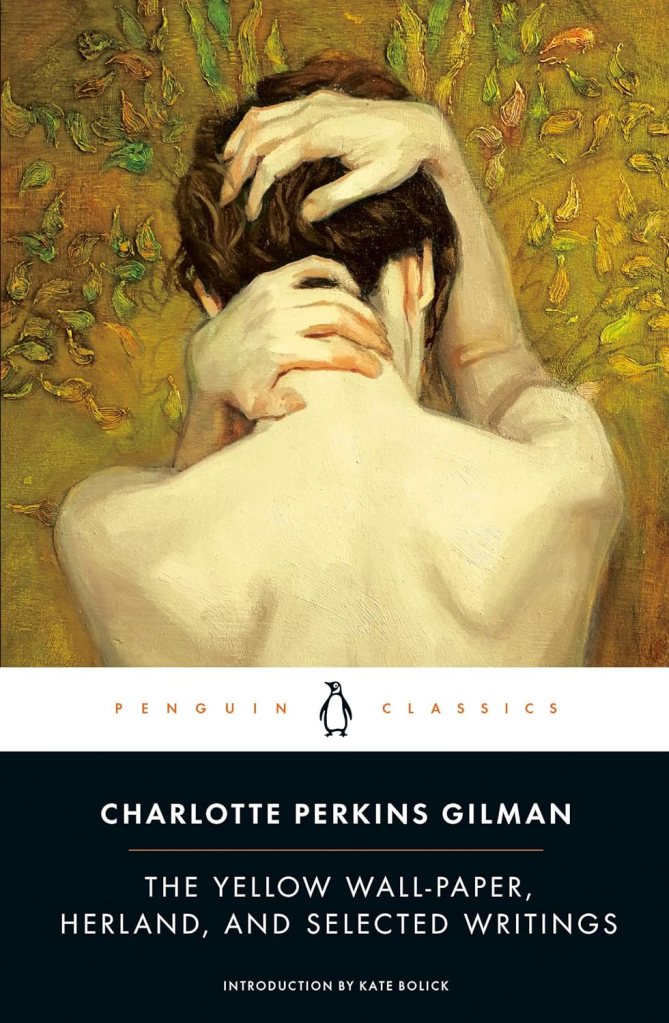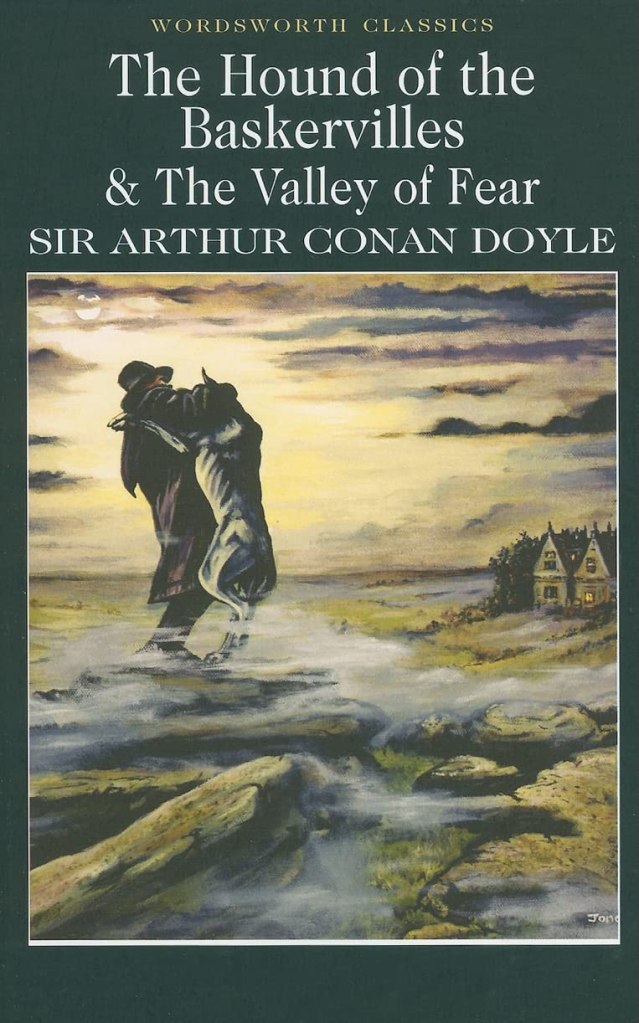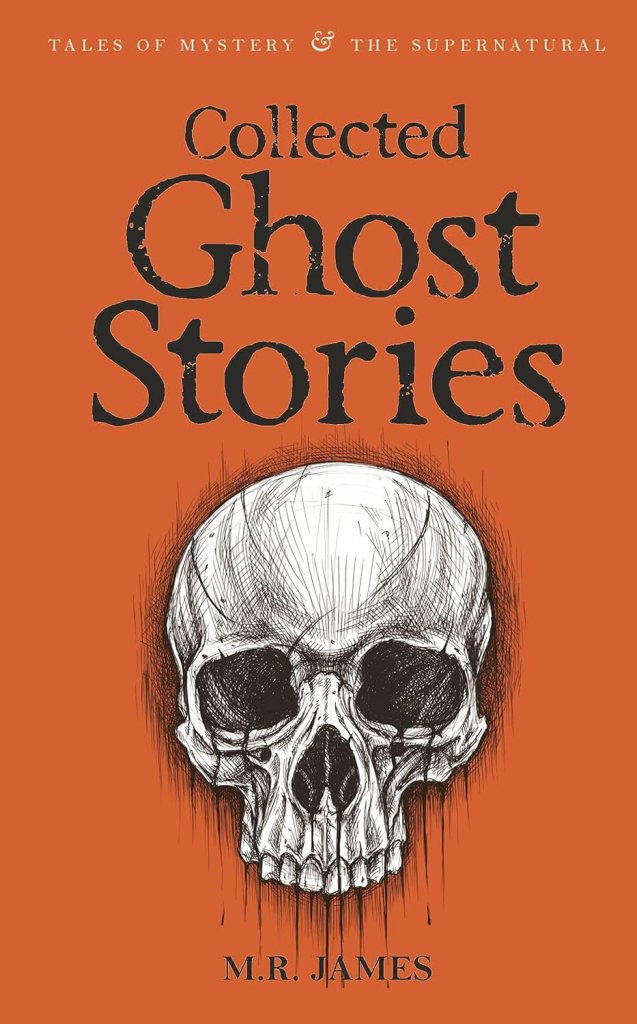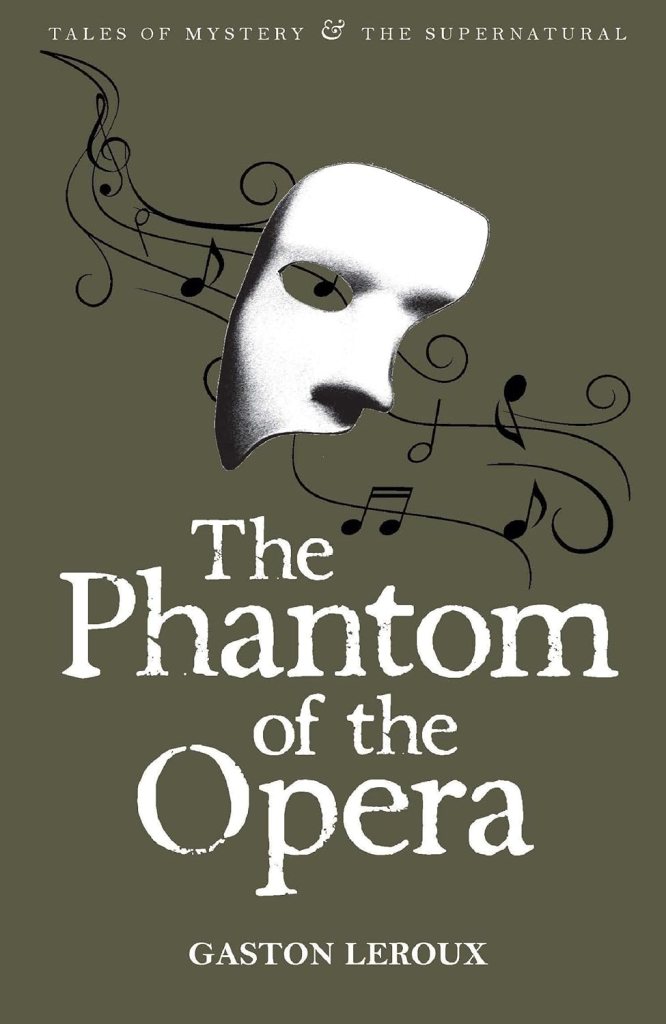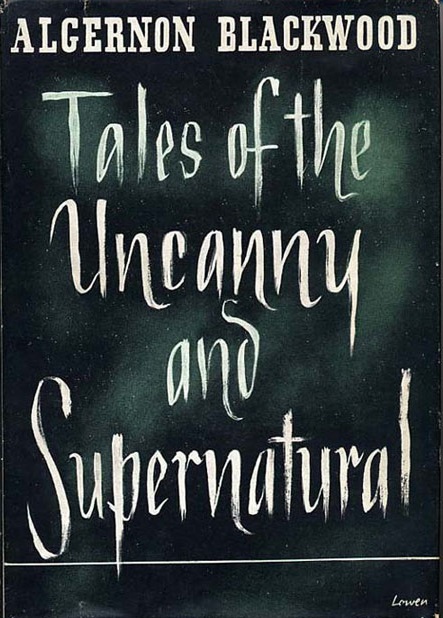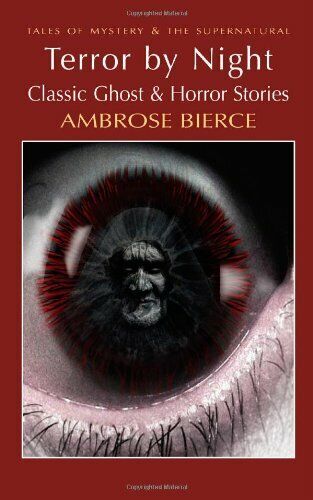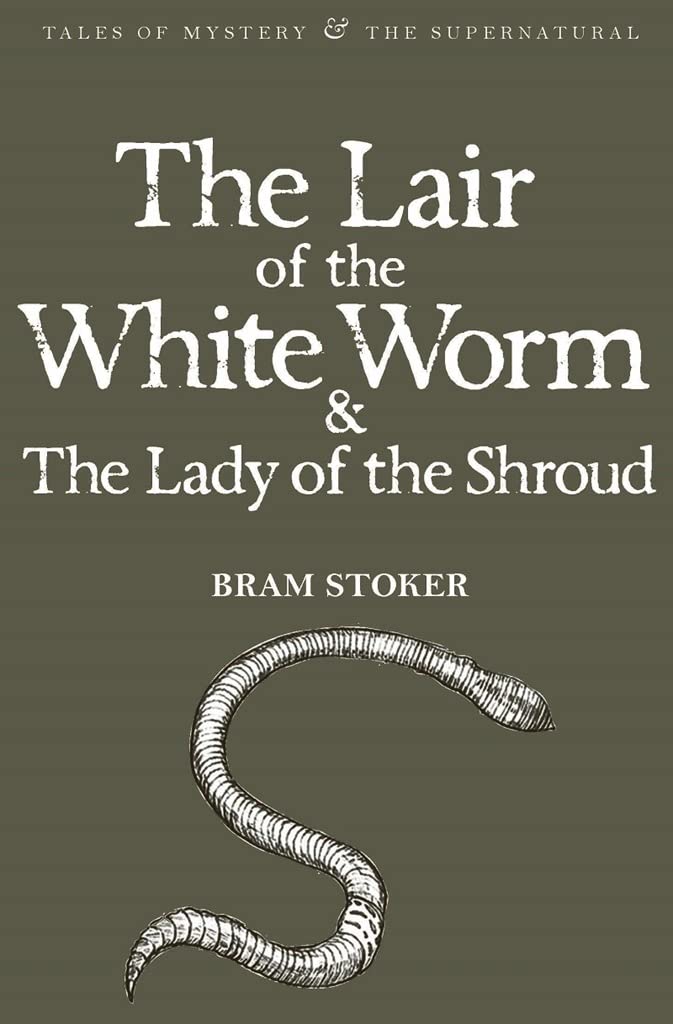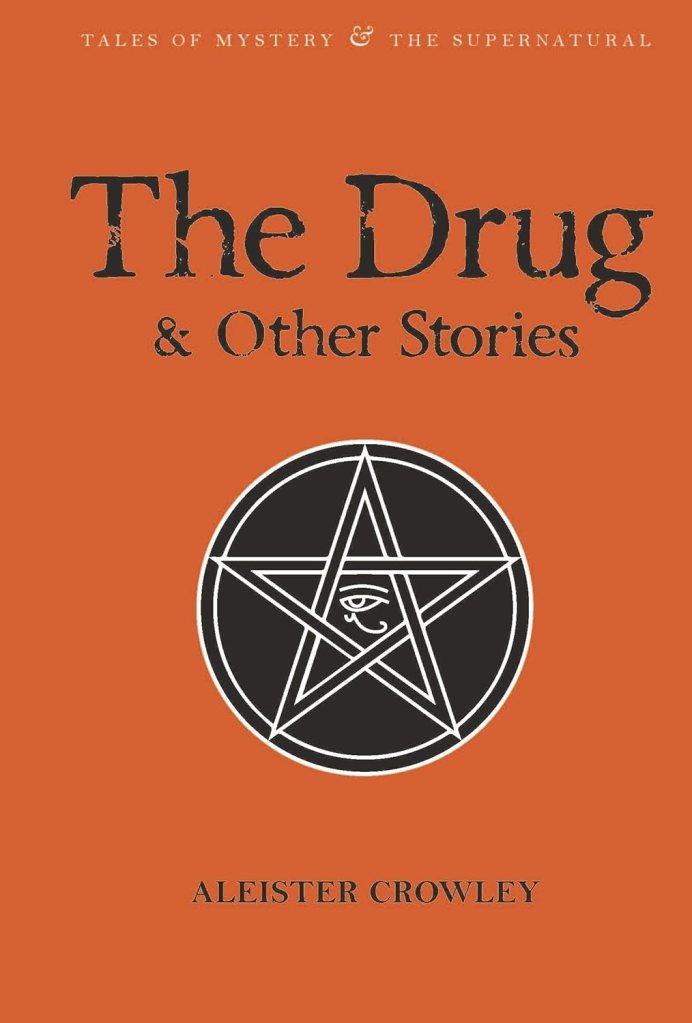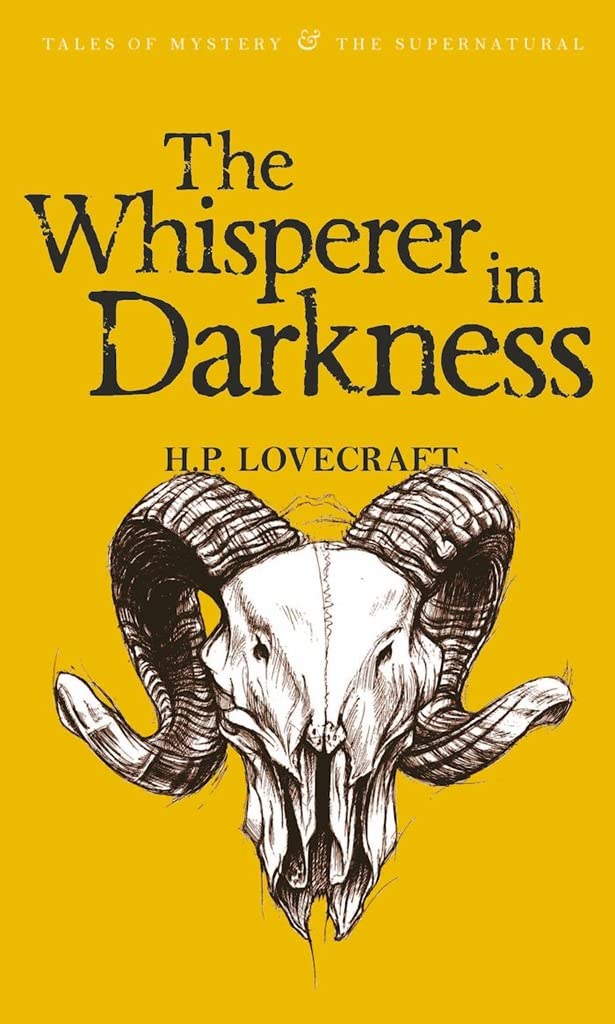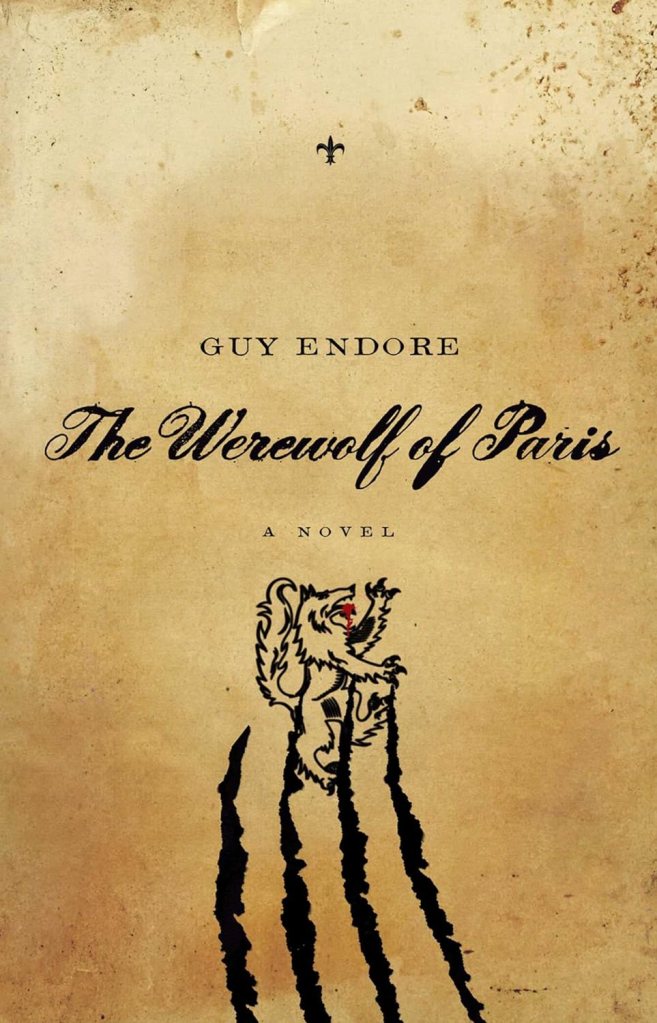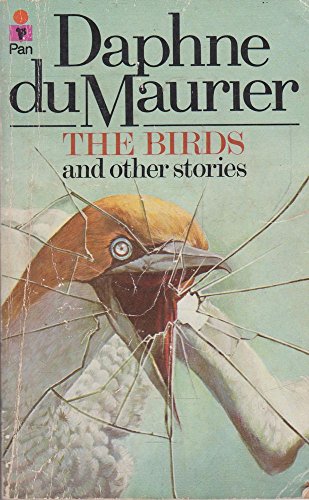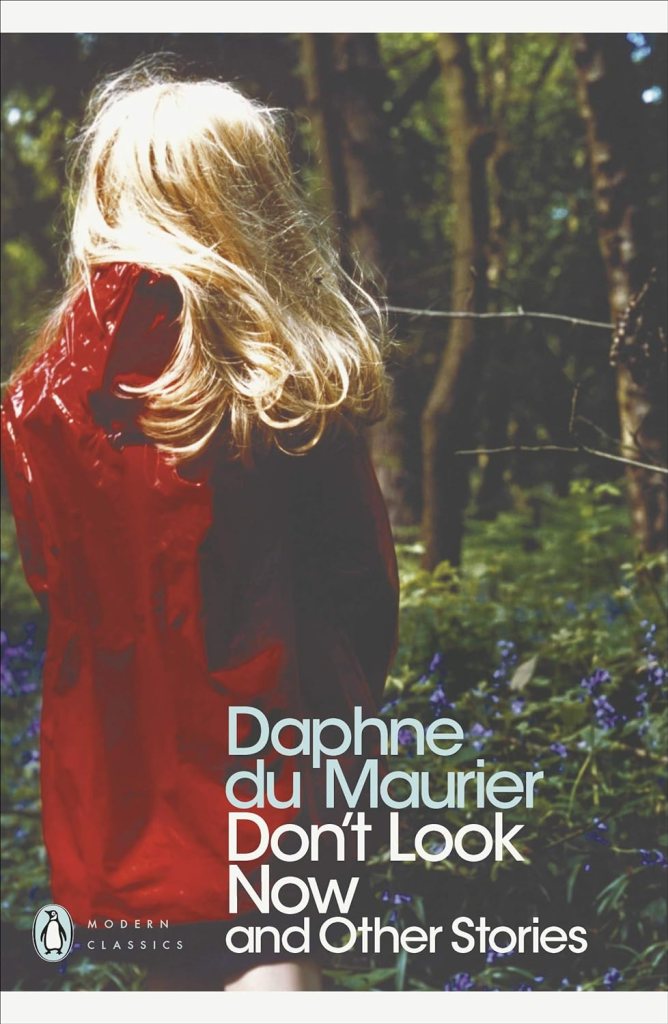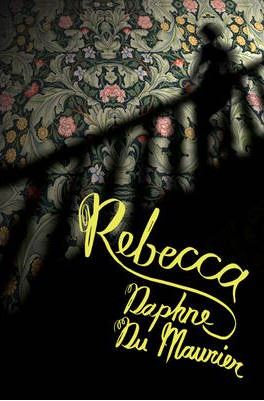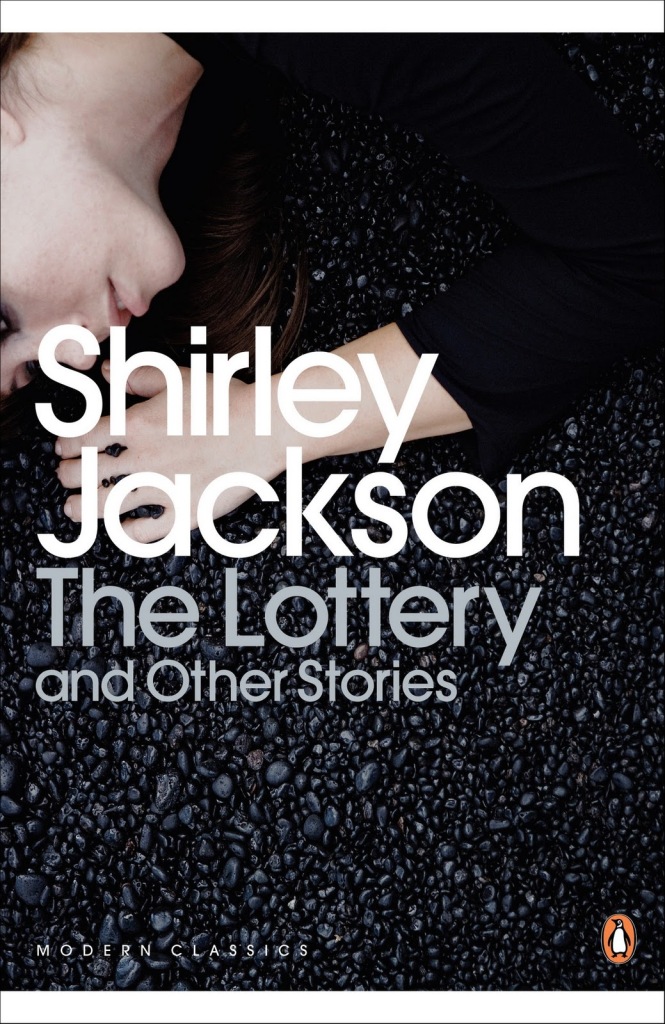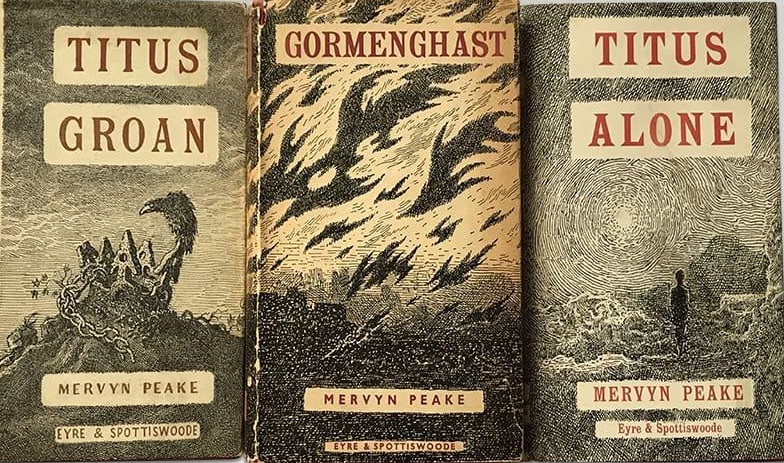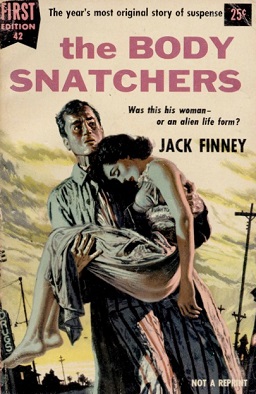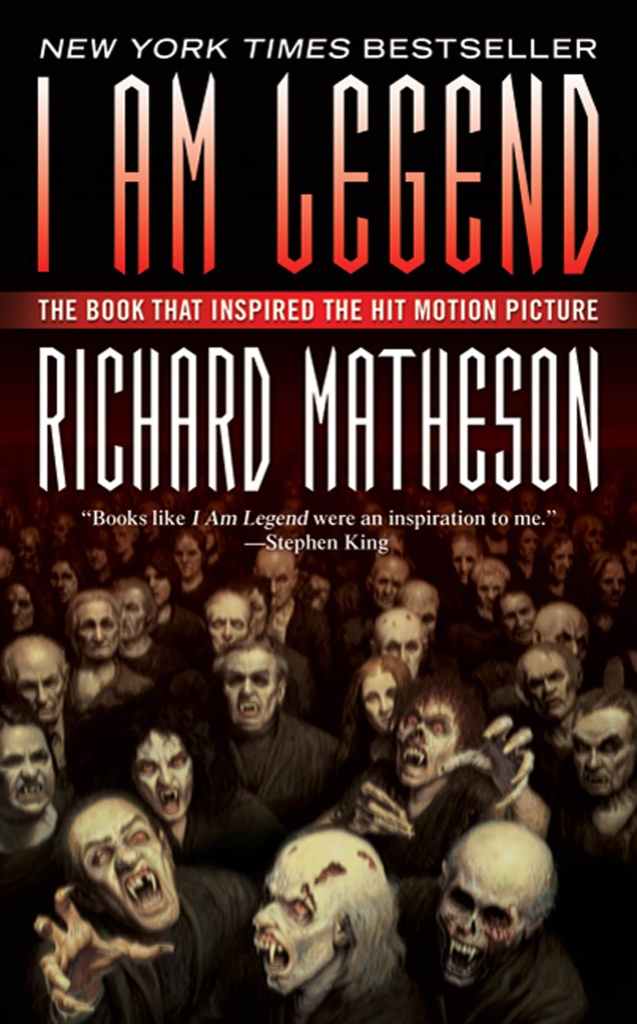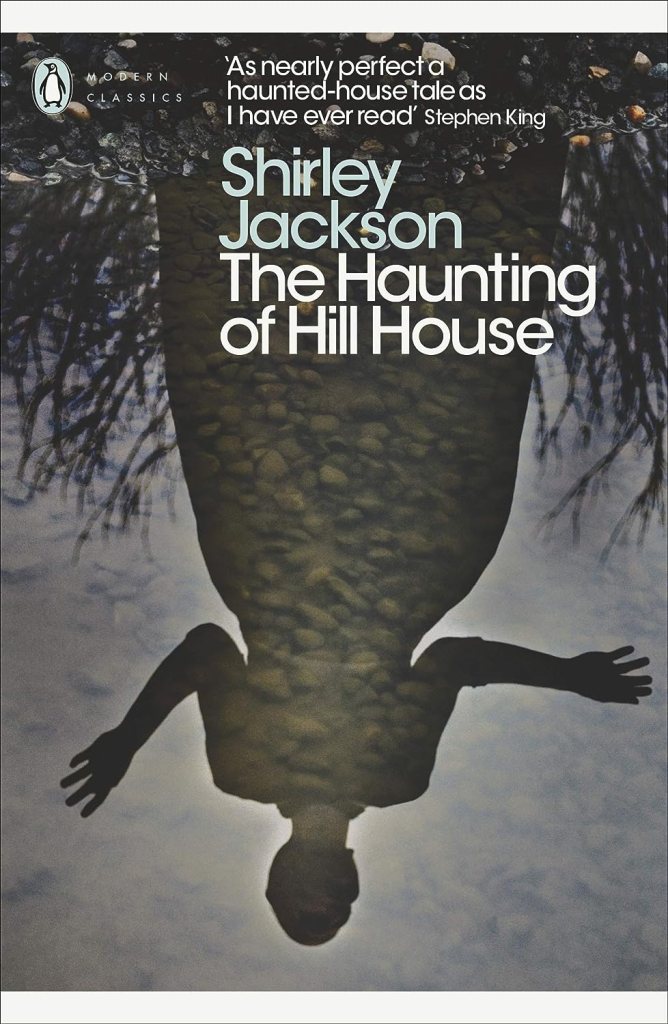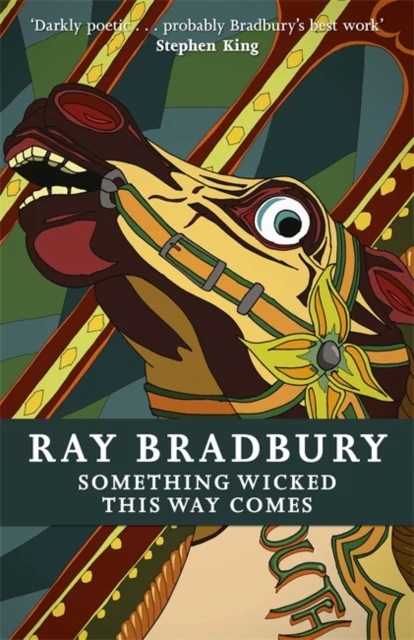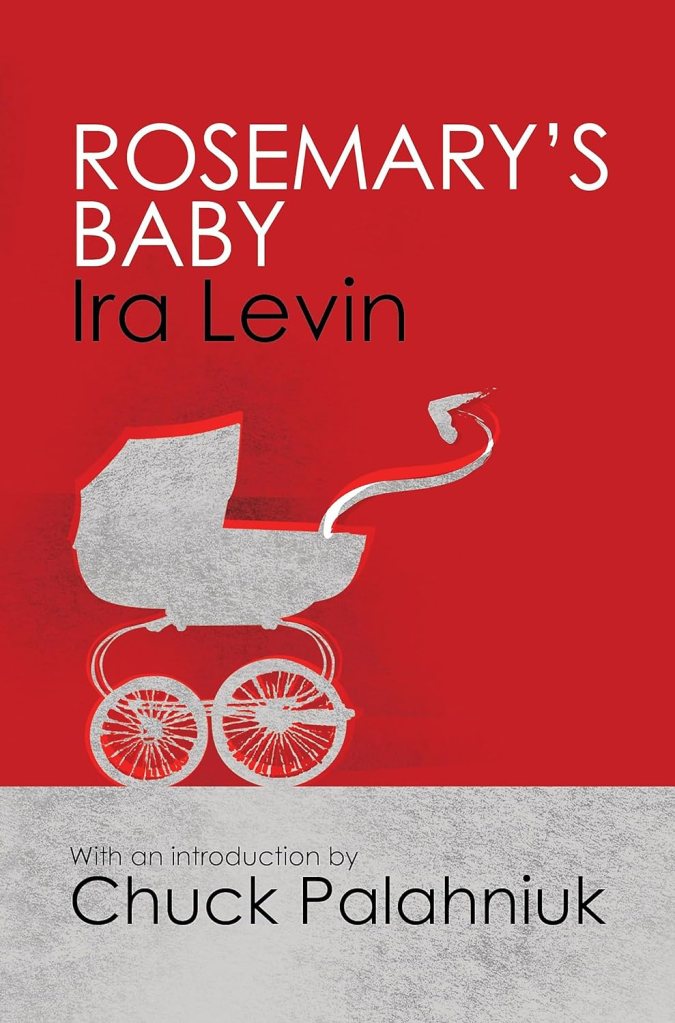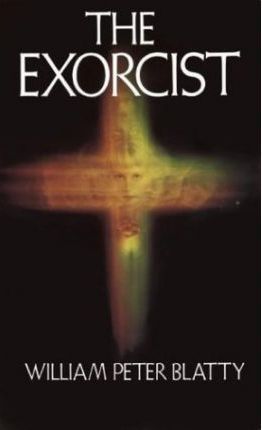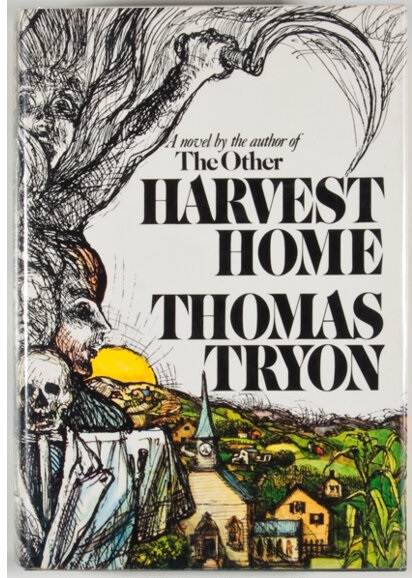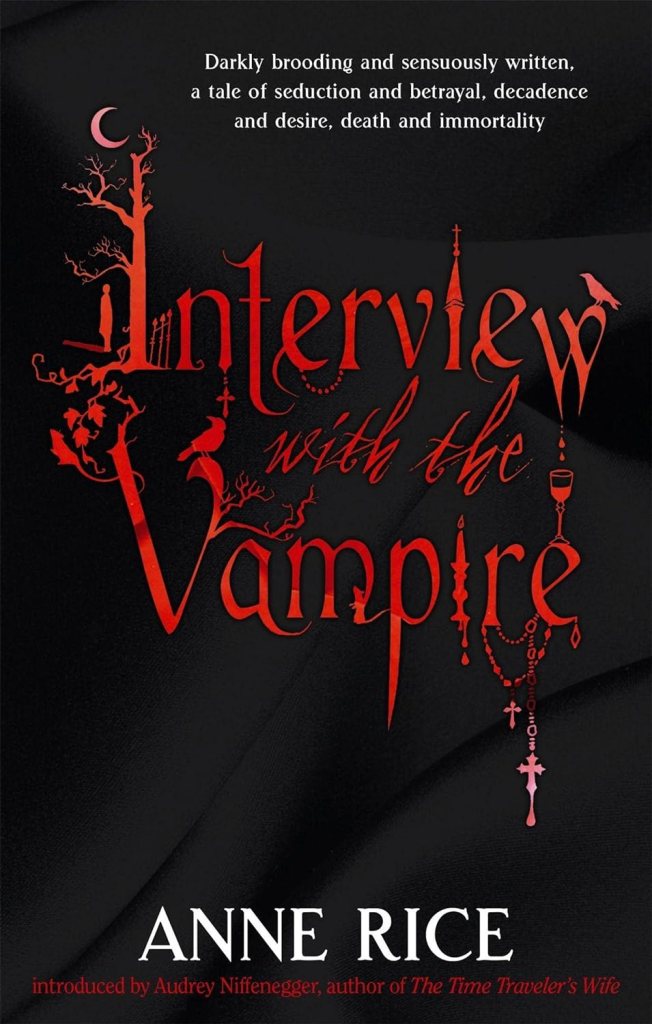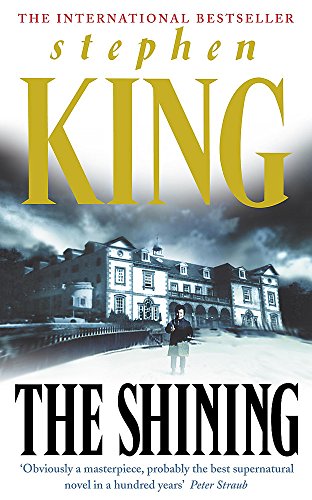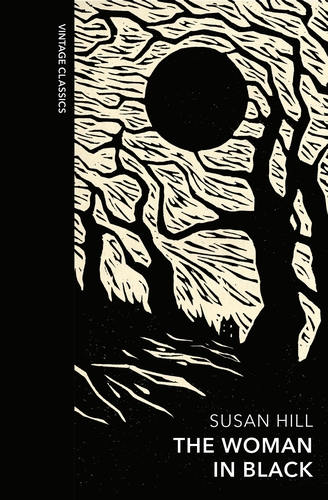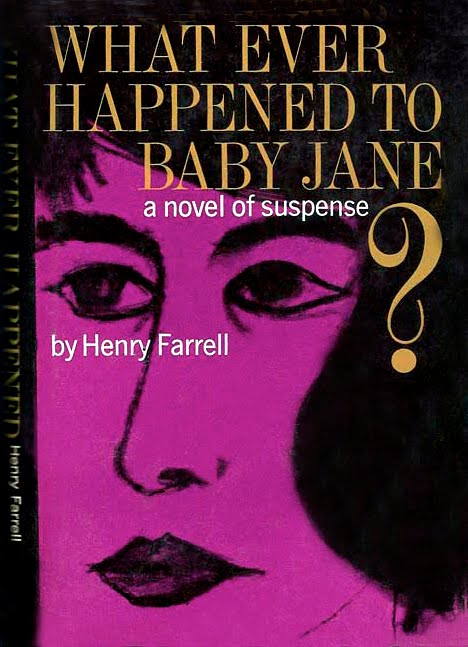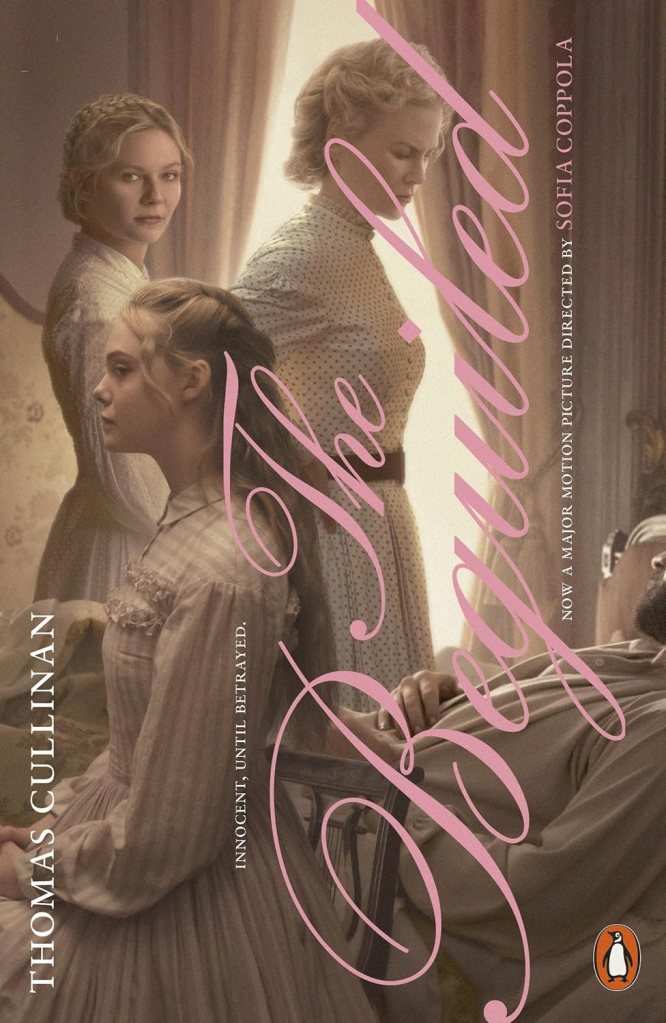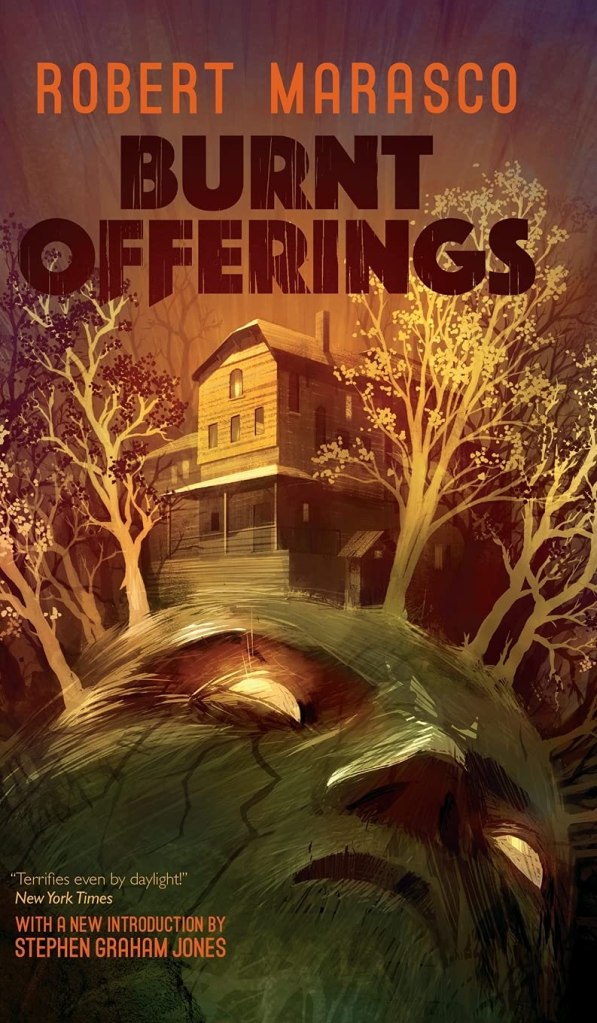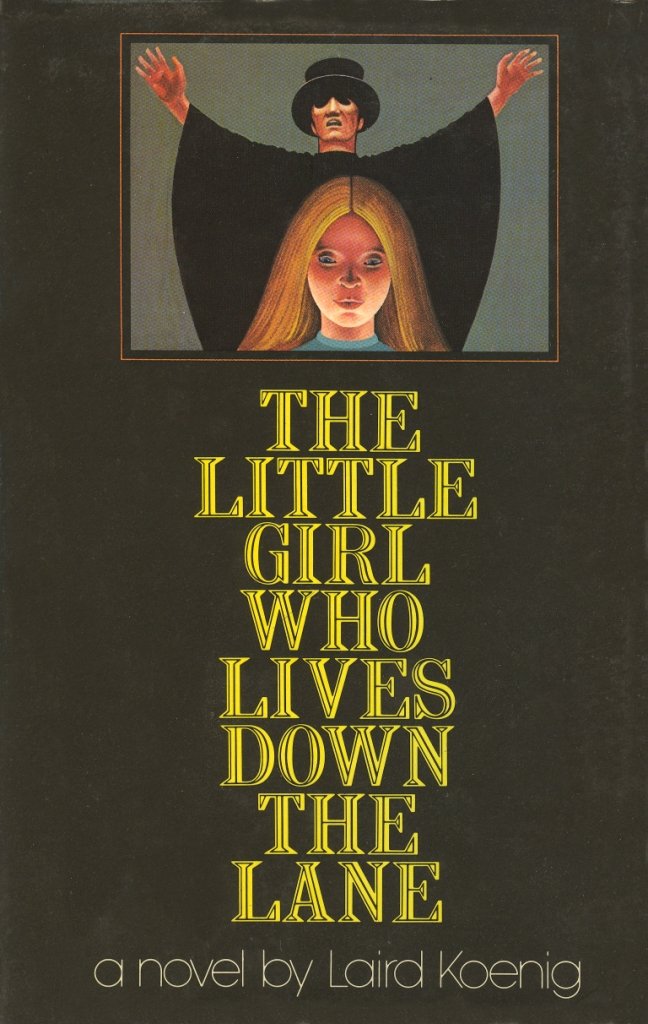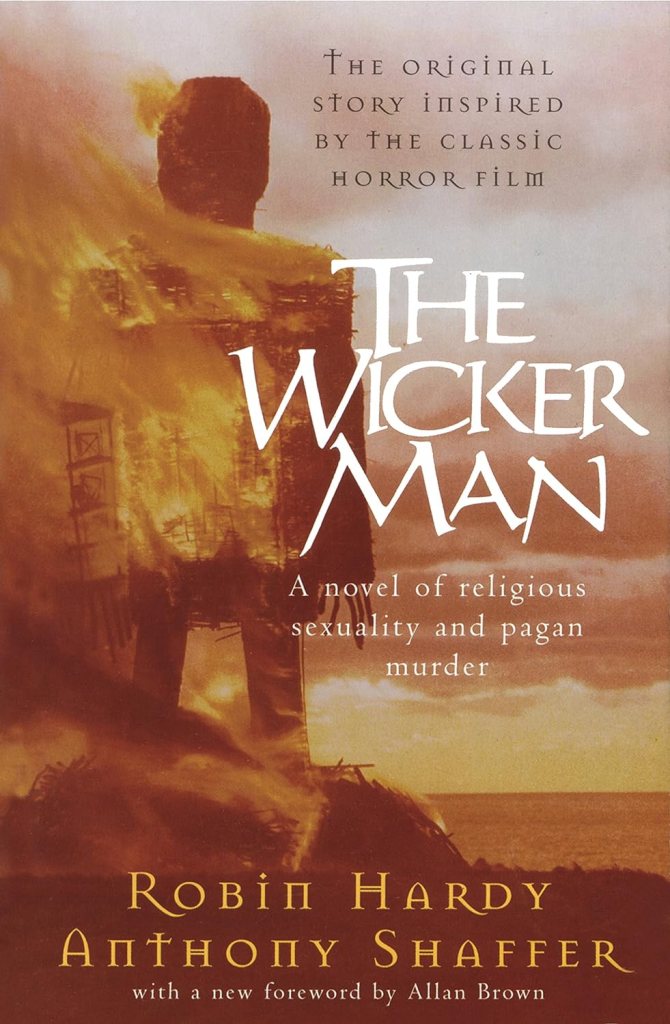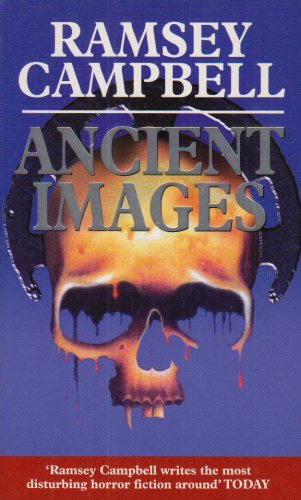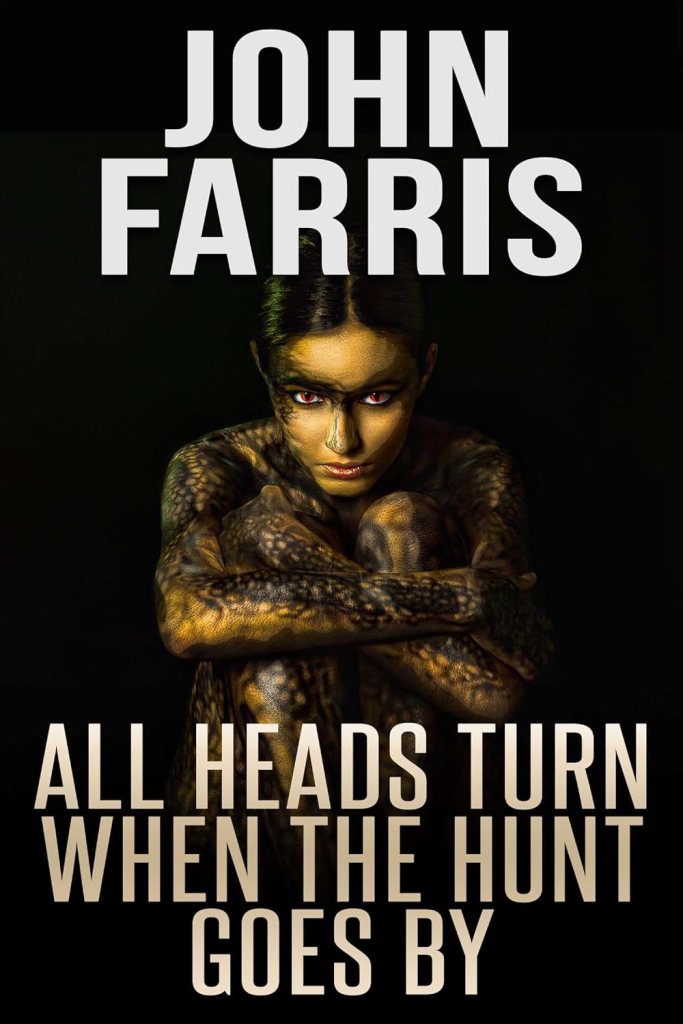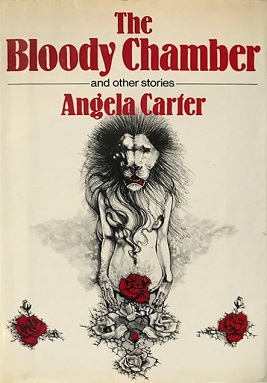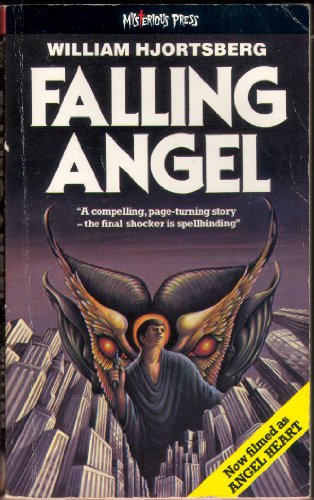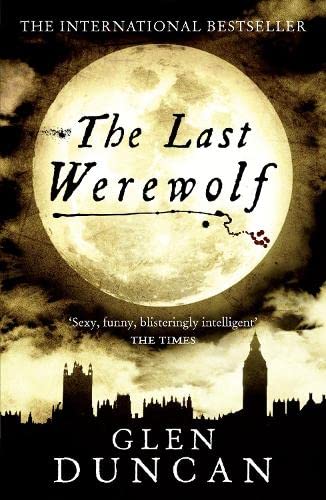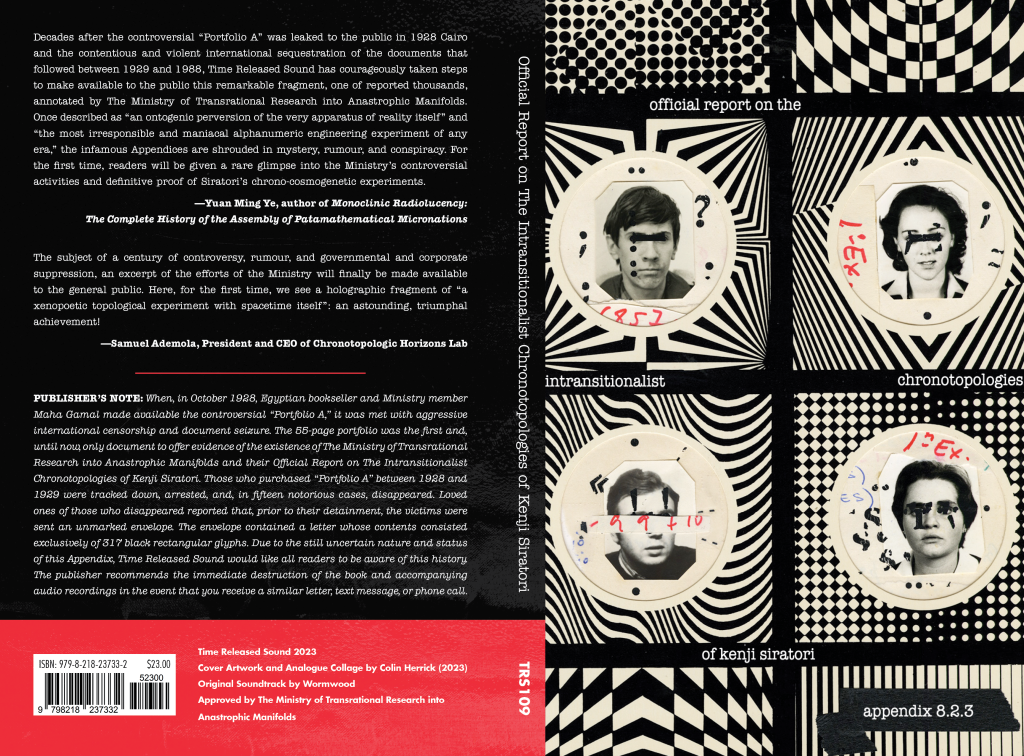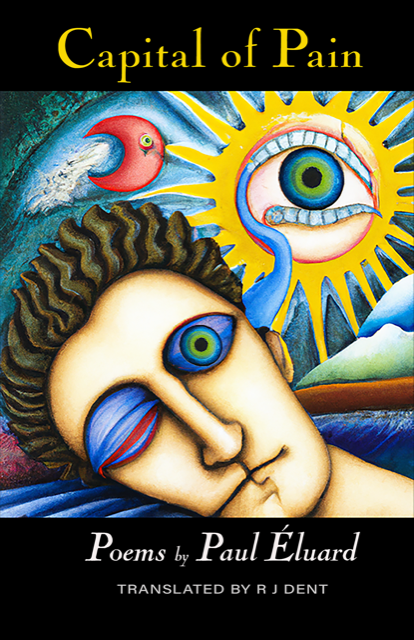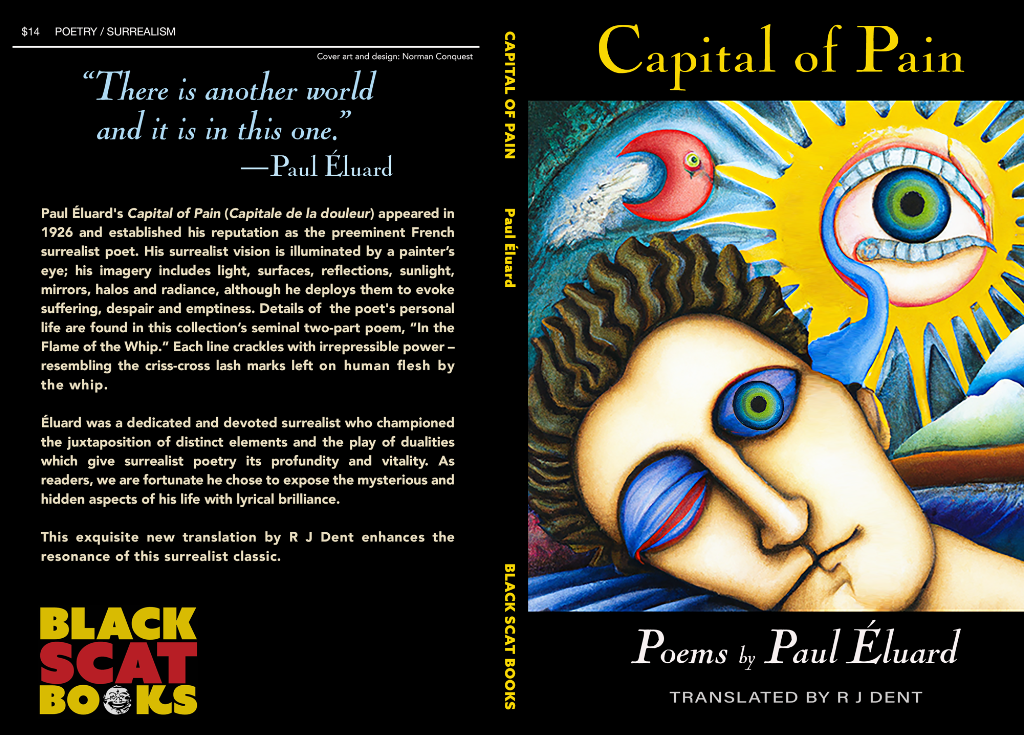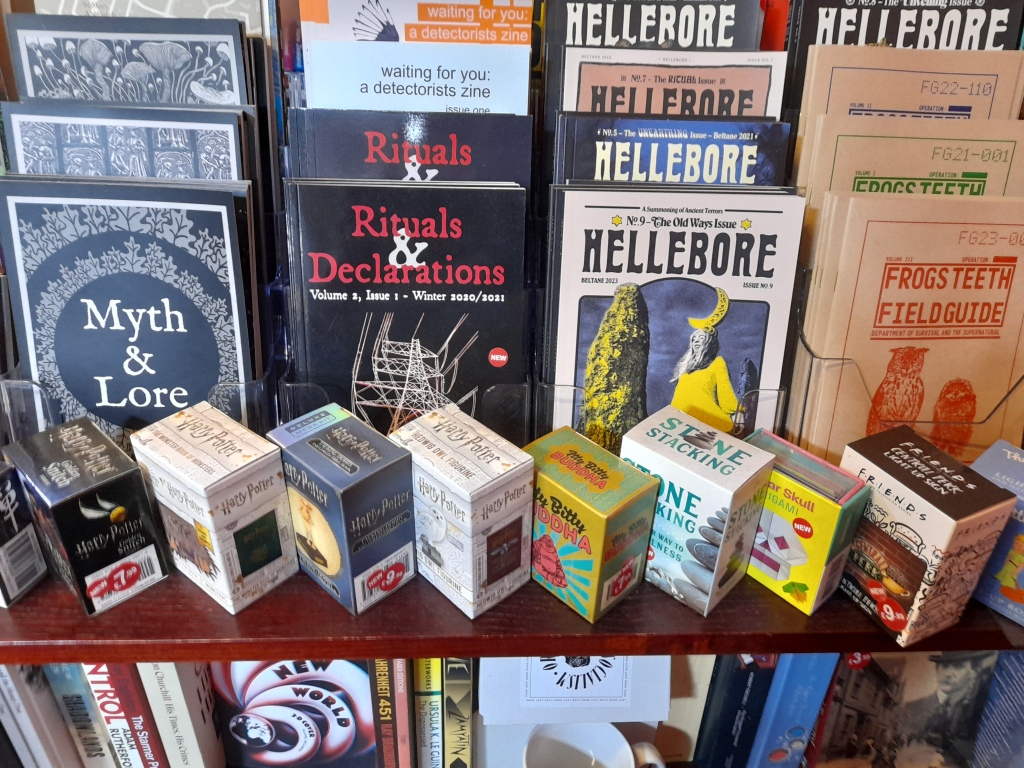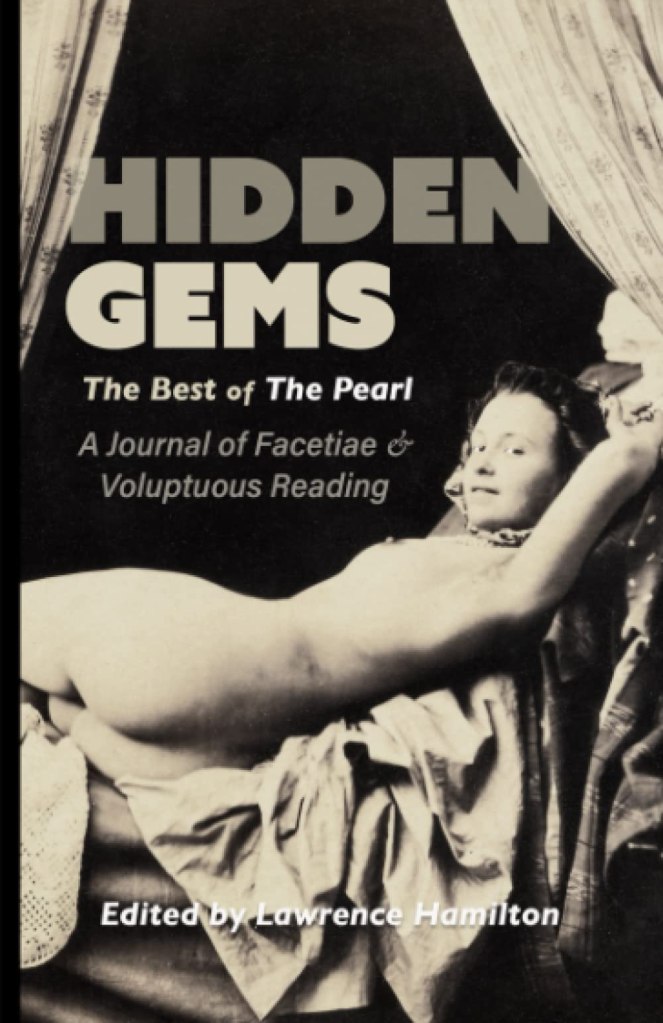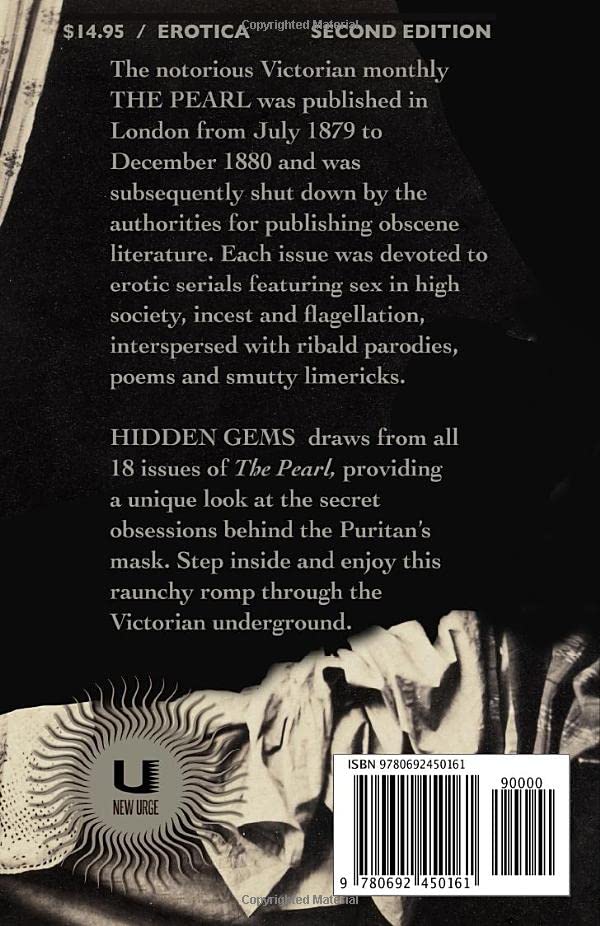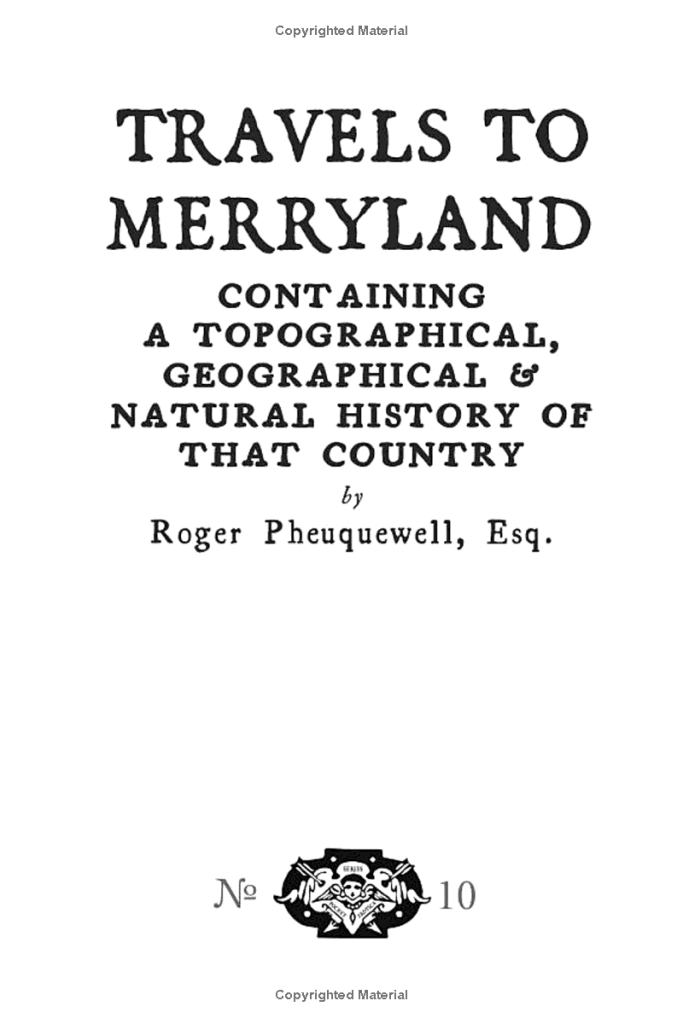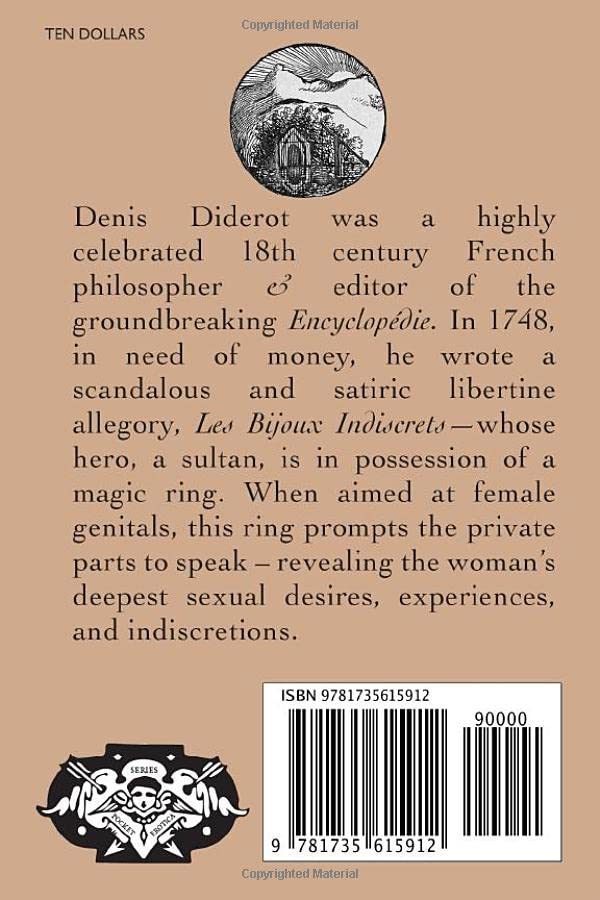by R J Dent
(author of Gothiques & Fantastiques, Myth, and The Blood Delirium – The Vampire in 19th Century European Literature.)
Definition:
Gothic fiction is historical horror fiction.
The setting of the gothic novel or story, especially during the eighteenth and nineteenth centuries is usually medieval, and includes castles, monasteries, convents, churchyards, crypts, cemeteries, and forests.
Gothic fiction often includes descriptions of corpses, skeletons, skulls, and graves, and it has themes of decay, death, and morbidity.
The atmosphere is typically claustrophobic, and common plot elements include characters seeking or suffering revenge, torture, persecution, imprisonment, and murder.
There’s often a supernatural element to Gothic fiction. This has included ghosts, demons, vampires, werewolves, the devil, shape-shifters, and demons.
The depiction of horrible events in Gothic fiction most often serves as a metaphor for psychological or social conflicts. Gothic authors with a social conscience relied on metaphors of horror to convey their messages.
The form of a Gothic story is usually discontinuous and convoluted, often incorporating tales within tales, changing narrators, and framing devices such as discovered manuscripts or interpolated histories.
Other characteristics, regardless of relevance to the main plot, include sleep-like or deathlike states, live burials, doubles, unnatural echoes or silences, the discovery of obscured family ties, unintelligible writings, nocturnal landscapes, remote locations, and dreams.
In the late 19th century, Gothic fiction often involved demons and demonic possession, ghosts, and other kinds of evil spirits.
Books:
The first work to call itself ‘Gothic’ was Horace Walpole’s The Castle of Otranto (1764). The first edition was published anonymously, whereas the second edition had the author’s name on the cover and had the subtitle ‘A Gothic Story.’
Walpole was inspired to write the story after a nightmare he had at his Gothic style home in Twickenham, London. The nightmare included a ghost and a gigantic hand in armour. Walpole decided to write a novel that featured his house, the ghost and the huge helmet from a suit of armour. He also added some medieval history, which he’d studied at university.
The Castle of Otranto has the distinction of being the first supernatural English novel and as such, has become a highly influential work of Gothic fiction
Then we have William Thomas Beckford’s Vathek (1786), which is about the rise and fall of Caliph Vathek.
Vathek renounces Islam and tries to obtain supernatural powers. Instead of attaining those powers, Vathek descends into hell.
Ann Radcliffe’s The Mysteries of Udolpho (1794) is a Gothic romance set in 1584 in Southern France and Northern Italy in 1584, tells the story of Emily St. Aubert, a young French woman orphaned by the death of her father.
She is imprisoned in Castle Udolpho by Signor Montoni, an Italian villain who has married her guardian aunt, Madame Cheron. The novel contains incidents of physical and psychological terror: remote castles, supernatural events, a brooding, scheming villain and a persecuted heroine.
Matthew Lewis’s The Monk (1796) tells the story of the fall of a Capuchin monk named Ambrosio, who follows a destructive path that leads him commit acts that become more violent and depraved as the story progresses.
Settings in The Monk include a monastery, a convent, a cemetery, and a crypt. Characters include a monk, a woman in grave danger, a sorceress, and the devil.
Anne Radcliffe’s The Italian (1796) is often considered to be Radcliffe’s response to Lewis’s The Monk.
In The Italian, Schedoni, previously a leading figure of the Inquisition, is a demonic, scheming monk who is happy to carry out any task, no matter how onerous or illegal, even if it entails abduction, torture – or murder. The Italian is notable for its atmosphere of supernatural and nightmarish horrors.
Charles Brockden Brown’s Wieland (1798) is sometimes considered to be the first American Gothic novel. Wieland is often categorized under several subgenres other than gothic fiction, including the horror novel, and sometimes the psychological novel.
Wieland is based on the true story of the James Yates murders, which occurred in 1781, when James Yates brutally murdered his wife and his four children in Tomhannock, New York. When he was put on trial, not only did Yates express no remorse for his actions, but he claimed that a voice he could hear in his head had instructed him to commit the murders.
The basic idea for E.T.A. Hoffmann’s The Devil’s Elixirs (1815) was adopted from Matthew Lewis’s novel The Monk, which is actually mentioned in the book.
It’s a story about a Capuchin monk named Medardus. He can’t resist tasting the devil’s elixir, which has been entrusted to him and which awakens in him sensual desires that lead to his downfall.
Hoffmann also wrote The Sandman (1817) which is the first story to include a mechanical woman (an automaton.
Which brings us to the Villa Diodati on the shores of Lake Geneva in June 1816.
The villa has been rented from 10th June to 1st November by George Gordon, more commonly known as Lord Byron. Byron had his doctor, John Polidori with him.
Another house on the lakefront had been rented by the poet Percy Shelley, a friend of Byron’s. His wife, Mary Shelley and Claire Clairmont (Mary Shelley’s half-sister) were with him. They visited Byron daily.
There was heavy rain for three days. Byron had an idea. He and his guests would read to each other from Fantasmagoriana, a French anthology of German ghost stories, which Byron had found in the villa’s library. After the readings, they would each attempt to write their own stories.
Whatever Percy Shelley wrote has been lost or destroyed. There’s no record of what it was.
Lord Byron wrote The Burial – sometimes re-titled as A Fragment. (1819)
Mary Shelley wrote Frankenstein (1818)
John Polidori wrote The Vampyre (1819) – the central character of which is a vampire named Lord Ruthven – based on Byron. The Vampyre uses elements of Byron’s story, The Burial.
The whole story of that evening is told in Gothic, a 1986 film, directed by Ken Russell from a screenplay by Stephen Volk. Stephen Volk adapted his Gothic screenplay into a novel of the same name.
All of the works created that night are collected in One Stormy Night.
Some mainstream British writers saw the potential of Gothic fiction and started to incorporate Gothic elements into their fiction. Some openly satirized the Gothic genre.
Jane Austen was one author who did so with Northanger Abbey (1818).
Northanger Abbey was completed in 1803, and contrary to popular belief, it was Jane Austen’s first completed novel, not Sense and Sensibility (1811). However, Northanger Abbey was not published until 1818, after Austen’s death. It borrows its basic plot from Don Quixote, in that it’s the story of Catherine Morland, who has a very active imagination, and whose view of the world has been distorted by her fondness for reading Gothic novels.
In Scotland, Walter Scott was influenced by the Gothic romances of Anne Radcliffe. In 1801, he collaborated with Matthew Lewis (author of The Monk) on Tales of Wonder, a collection of poems, ballads, and folk tales, all with a Gothic theme. He also included Gothic elements in his novel, The Bride of Lammermoor (1819).
Meanwhile, back in the United States, Washington Irving’s The Legend of Sleepy Hollow (1820) was proving to be very popular and was being reprinted due to huge demand.
Plot: One night, a schoolteacher (new to the area) is chased along a road by the ghost of a headless horseman.
Melmoth the Wanderer (1820) is a Gothic novel written by Irish playwright and novelist, Charles Maturin.
The novel’s central character, John Melmoth, has sold his soul to the devil in exchange for 150 extra years of life, and he spends his time travelling the world, searching for someone who will free him from the pact by taking it on themselves.
Maturin’s wife’s sister married Charles Elgee, whose daughter, Jane, later married Sir William Wilde and had three children, one of whom was Oscar Wilde. So Charles Maturin was Oscar Wilde’s great-uncle by marriage.After his release from prison, Oscar Wilde travelled Europe extensively and in order to be anonymous called himself Sebastian Melmoth, deriving the surname from the title character in his great-uncle’s novel and the first name from Saint Sebastian.
Cyprien Bérard’s The Vampire Lord Ruthven (1820) is the first sequel to John Polidori’s The Vampyre.
From the back cover: ‘The mysterious Lord Ruthven travels to Venice and strikes again, killing the beautiful Bettina and torturing her lover, Leonti, who swears to avenge her. He joins vampire hunters Aubrey and Nadoor Ali to search for the elusive monster…’
An aristocratic and elusive vampire is being pursued by a group of vampire hunters…
Jane C. Loudon’s The Mummy! (1827) recounts what happens when an Egyptian mummy is brought back to life in the year 2126.
The novel describes a future filled with advanced technology. It was the first English-language story to feature a reanimated mummy.
In France, Victor Hugo’s The Hunchback of Notre-Dame was published in 1831.
It is the story of Quasimodo (a 19 year old hunchbacked bell-ringer in Notre-Dame Cathedral) and his attraction to Esmerelda, a beautiful 16-year-old Roma street dancer, who has been kind to him. Quasimodo’s employer and guardian, Archdeacon Claud Frollo lusts after Esmerelda and instructs Quasimodo to kidnap her. And so a Gothic story involving a very twisted love triangle is told.
Edgar Allan Poe’s Tales of Mystery and Imagination (1840) includes The Masque of the Red Death / The Fall of the House of Usher / Murders in the Rue Morgue.
James Malcolm Rymer’s Sweeney Todd: The String of Pearls (1847).
Sweeney Todd, who became known as the Demon Barber of Fleet Street was the main villain in one of the earliest detective stories. The String of Pearls is the original story of the terrifying owner of that famous London barber-shop, and the secret recipe for Mrs Lovett’s delicious pies…
James Malcolm Rymer’s Varney the Vampire (1847).
Many of today’s standard vampire conventions originated in Varney: Varney has fangs, leaves two puncture wounds on the necks of his victims, comes through a window to attack a sleeping maiden, has hypnotic powers, and has superhuman strength. Unlike later fictional vampires, he is able to go about in daylight and has no particular fear of either crosses or garlic.
Back to mainstream writers incorporating Gothic elements into their fiction.
Charlotte Brontë’s Jane Eyre (1847), introduced to the Gothic genre the character of the madwoman in the attic.
Bertha Rochester was locked away in an attic room because of her alleged insanity.
Nathaniel Hawthorne The House of Seven Gables (1851).
In a New England village is a dark, weather-beaten, many-gabled house, a brooding mansion haunted by a centuries-old curse that casts the shadow of ancestral sin upon the last four members of the Pyncheon family. Mysterious deaths threaten the living. Musty documents nestle behind hidden panels carrying the secret of the family’s salvation—or its downfall.
Wilkie Collins’s The Woman in White (1859) tells the tale of Walter Hartright, who encounters a woman all dressed in white on a moonlit road in Hampstead. As Hartright helps the woman to find her way back to central London, she warns him he will encounter danger in his future. She then disappears into the night. He later discovers she may have escaped from an insane asylum.
The Woman in White has been described as a Gothic novel, a mystery story, and an early work of detective fiction.
In Charles Dickens’s The Mystery of Edwin Drood (1870), Edwin Drood is contracted to marry orphan Rosa when he comes of age, but when they find that duty has gradually replaced affection, they agree to break off the engagement. Shortly afterwards, in the middle of a storm on Christmas Eve, Edwin disappears.
There are further intrigues: the dark opium underworld of the sleepy town of Cloisterham, and the sinister double life of Jasper, a choir-master, whose drug-fuelled fantasy life belies his appearance.
Dickens also included Gothic elements in Great Expectations (1861) A Christmas Carol (1843).
Robert Louis Stevenson’s Strange Case of Dr. Jekyll and Mr. Hyde (1886).
The disturbingly sinister Mr. Hyde is making his repugnant presence known in late 19th Century London. But his vile acts are always defended by the good and well-respected, Dr. Jekyll. Soon, the secret relationship between the two men is revealed.
Arthur Machen’s The Great God Pan (1890).
In The Great God Pan, Arthur Machen delivers a tense atmospheric story about a string of mysterious suicides. With its suggestive visions of decadent sexuality, the work scandalized Victorian London.
Oscar Wilde’s The Picture of Dorian Gray (1891) initially met with controversy and censorship. It’s the only novel by Oscar Wilde.
Dorian makes a wish: that an oil portrait of him should carry the burden of age, and not him. He says he will sell his soul for it. His wish is granted. The Picture of Dorian Gray is an unforgettable tale about the punishment of excess and misplaced desire. Told in a blend of the Gothic and the philosophical, this fable unravels a horrifying truth: it is not if, but when and where our sins will manifest.
Robert W. Chambers The King in Yellow (1895). With its strange, imaginative blend of horror, science fiction, romance and lyrical prose, The King in Yellow is a classic masterpiece of weird fiction.
This series of connected stories is linked by the presence of a monstrous and suppressed book which brings fright, madness and spectral tragedy to all those who read it. An air of futility and doom pervade its pages like a sweet insidious poison.
In Bram Stoker’s Dracula (1896), Jonathan Harker travels to the Carpathian Mountains in Transylvania to assist the infamous Count Dracula with the purchase of an English house.
The newly-qualified solicitor is soon out of his depth as he discovers horrifying details about his client’s life. This novel tells the story of a group of men tracking down an aristocratic murderer with supernatural powers.
Florence Marryat’s The Blood of the Vampire (1896) revolves around Miss Harriet Brandt, the daughter of a mad scientist and a voodoo priestess who leaves her home in Jamaica for the first time to travel to Europe.
However, Harriet is not a normal young woman – everybody who gets close to her either becomes ill or dies.
Richard Marsh’s The Beetle (1897). Paul Lessingham is a well-respected politician in Westminster, but when ‘the Beetle’ arrives from Egypt to hunt him down, the dark and gruesome secret that haunts him is dragged into the light.
Bent on revenge for a crime committed against the disciples of an Egyptian goddess, the Beetle terrorizes its victims and will stop at nothing until it has satisfaction.
Henry James’s The Turn of the Screw (1898) tells the story of a young governess sent to a country house to take charge of two orphans, Miles and Flora.
Unsettled by a dark foreboding of menace within the house, she soon comes to believe that something, or someone, malevolent is stalking the children in her care. Is the threat to her young charges really a malign and ghostly presence, or a manifestation of something else entirely?
Elizabeth Gaskell’s Gothic Tales (1858).
In Gothic Tales, Elizabeth Gaskell (1810-1865), the eminent Victorian author, brings us nine chilling gothic stories. Her award-winning novella, Lois the Witch, is in this collection, along with eight other tales that set a precedent for ghost and horror stories of the era.
Sheridan Le Fanu’s In a Glass Darkly (1872) includes Green Tea and Carmilla.
Carmilla is often published as a stand-alone novella. It’s significant because it introduced readers to the first lesbian vampire.
Charlotte Perkins Gilman’s The Yellow Wallpaper (1892).
This powerful novella which charts a woman’s mental deterioration continues Charlotte Bronte’s notion of the madwoman in the attic.
Arthur Conan Doyle’s The Hound of the Baskervilles (1902).
The mysterious death of Sir Charles Baskerville causes Sherlock Holmes and Dr Watson to visit Dartmoor. Is Sir Charles the latest victim of the curse of the Baskervilles, Is a demonic hound roaming the moor seeking revenge on the Baskerville family? In The Hound of the Baskervilles, the modern world, and the supernatural world collide.
M.R. James’s Collected Ghost Stories (1904).
Considered by many to be the most terrifying writer in English, M. R. James writes supernatural tales in which everyday objects unleash terrible forces. Lonely country houses, remote inns, ancient churches or empty libraries provide settings for unbearable menace.
Gaston Leroux’s The Phantom of the Opera (1910): Living secretly beneath the Paris Opera House, ‘The Phantom of the Opera’ has haunted those who work there and shrouded the opera house in fear with the legend of his disfigured face.
When a young woman with a beautiful voice joins the company, the phantom is instantly smitten and soon develops an obsessive love for her, sparking a tragic and terrifying chain of events. One of the most well-known and well-loved Gothic horror stories, Leroux’s suspenseful tale of unrequited love, passion and tragedy is both dark and moving.
Algernon Blackwood’s Supernatural Tales (1910).
This collection includes stories considered to be Blackwood’s best tales: The Willows and The Wendigo.
Ambrose Bierce’s Terror by Night (1911).
One of the stories in this collection, ‘An Occurrence at Owl Creek Bridge’ (1890) has been described as ‘one of the most famous and frequently anthologized stories in American literature’.
Bram Stoker’s The Lair of the White Worm (1911).
At the estate of Castra Regis in Derbyshire, mystery lurks in the woods, a place where snakes dwell and murderous deeds take place in the darkness. The behaviour of local residents Arabella March and Edgar Caswall further arouse the suspicions of Adam Salton, recently arrived to visit his great-uncle. Adam embarks on a quest to uncover the evil and restore harmony. The final novel from the author of Dracula, The Lair of the White Worm is a lesser-known classic from the master of gothic horror.
Aleister Crowley’s The Drug and Other Stories (1922).
Although overshadowed by his notoriety and his occult preoccupations, the short stories in this collection including The Magician, The Violinist, The Woodcutter, show that Crowley is actually a great writer of Gothic stories.
H.P. Lovecraft’s The Whisperer in Darkness / The Haunter of the Dark / The Horror in the Museum / The Lurker at the Threshold / (1923):
Centuries ago, the Old Ones ruled our planet. Since that time, they have slept. But when a massive sea tremor brings an ancient stone city to the surface, the Old Ones awaken again. These volumes contain several classic tales by H. P. Lovecraft, including: The Dunwich Horror, The Rats in the Walls, At the Mountains of Madness, Herbert West – Reanimator, The Unnameable, The Color Out of Space.
Guy Endore’s The Werewolf of Paris (1933). The werewolf is one of the great iconic figures of horror in folklore, legend, film, and literature.
The Werewolf of Paris is a cornerstone work, a masterpiece of the genre that deservedly ranks with Mary Shelley’s Frankenstein, Bram Stoker’s Dracula, and Robert Louis Stevenson’s Strange Case of Dr. Jekyll and Mr. Hyde. Endore’s classic novel boldly used and portrayed elements of sexual compulsion in ways that had never been seen before, at least not in horror literature.
Daphne du Maurier’s The Birds / Don’t Look Now :
The Birds is a classic story of alienation and horror.
It’s set in Cornwall shortly after the end of the Second World War. A farmer, his family and his local community are attacked by flocks of birds. Du Maurier was inspired to write the story after she saw a farmer being attacked by a flock of gulls as he ploughed a field.
In Don’t Look Now, John and Laura go to Venice to try and escape the pain of their young daughter’s death.
But after they encounter two women who claim to have second sight, they find themselves caught up in a series of increasingly strange and violent events.
Du Maurier also included Gothic elements in her novels Rebecca (1938) and Jamaica Inn (1936).
Shirley Jackson’s The Lottery (1948) – put Shirley Jackson on the literary map.
‘The Lottery’ is Jackson’s masterpiece and one of the most terrifying and iconic stories of the twentieth century.
Mervyn Peake’s The Gormenghast Trilogy (1950).
Gormenghast is the vast, crumbling castle to which the seventy-seventh Earl, Titus Groan, is lord and heir. Titus rules this gothic labyrinth of turrets and dungeons (and his eccentric and wayward subjects) according to strict age-old rituals. However, things are happening within the confines of castle and Titus finds he has to deal with treachery, manipulation and murder.
Jack Finney’s The Body Snatchers was published in 1955.
This sinister tale has become a classic of paranoia, and an examination of our fear of ‘the other’.
Richard Matheson’s I Am Legend (1954): Robert Neville is the last living man on Earth … but he’s not alone.
Every other man, woman and child on the planet has become a vampire, and they are hungry for Neville’s blood. By day he’s the hunter, stalking the undead through the ruins of civilisation. By night, he barricades himself in his home and waits for the dawn. How long can one man survive like this?
Shirley Jackson’s The Haunting of Hill House is a supernatural horror novel widely considered to be one of the best ghost stories ever written.
‘No live organism can continue for long to exist sanely under conditions of absolute reality; even larks and katydids are supposed, by some, to dream. Hill House, not sane, stood by itself against its hills, holding darkness within; it had stood so for eighty years and might stand for eighty more. Within, walls continued upright, bricks met nearly, floors were firm, and doors were sensibly shut; silence lay steadily against the wood and stone of Hill House, and whatever walked there, walked alone.’
Robert Bloch’s Psycho (1960): Marion Crane is lost on a dark and lonely road; she’s tired and hungry and afraid. She’s very relieved when she sees a motel sign shining in the darkness: Bates Motel.
The friendly owner, Norman Bates, signs her in. For Marion the nightmare is just beginning… and just ending.
Ray Bradbury’s Something Wicked This Way Comes (1962). It’s the week before Hallowe’en, and the carnival has come to town.
The calliope music entices everyone with its promises of youth regained and dreams fulfilled. And as two boys set out to explore the mysteries of the dark carnival’s smoke, mazes and mirrors, they will also discover the true price of innermost wishes.
Ira Levin’s Rosemary’s Baby (1967) tells the story of Rosemary Woodhouse and her struggling actor husband Guy, who move into an old New York City apartment building with an ominous reputation and mostly elderly residents.
Guy gets a Broadway role and Rosemary becomes pregnant—and the neighbors start taking a special interest in her welfare. As Rosemary becomes increasingly isolated, she begins to suspect that there may be something unusual about her pregnancy.
William Peter Blatty’s The Exorcist (1971).
The Exorcist tells the story of the demonic possession of Regan MacNeil, the eleven year-old daughter of an actress, and the two priests who attempt to exorcise the demon.
Thomas Tryon’s Harvest Home (1973) is a Gothic folk horror novel.
Theodore Constantine decides to leave the city and get back to the land, so he and his wife search New England for a new home, which they find in the farming village of Cornwall Coombe. Here they begin a new life: simple, pure, close to nature. But… in the sleepy village, something far more sinister than the annual harvest is about to rise out of the earth.
Anne Rice’s Interview With the Vampire (1976). I
n a darkened room a young man sits telling the macabre and eerie story of his life – the story of a vampire, gifted with eternal life, cursed with an exquisite craving for human blood.
Stephen King’s The Shining (1977): Danny Torrance shines with psychic power. When his father becomes caretaker of the Overlook Hotel, winter blizzards cut them off and the hotel seems to develop a life of its own.
The Overlook Hotel is meant to be empty, so who’s the lady in Room 217 and who are the masked guests in some of the rooms and in the elevator? And why do the hedges shaped like animals seem to move? There’s an evil force in the hotel – and it’s beginning to shine…
Virginia Andrews’s Flowers in the Attic (1979): A heartbreaking tragedy shattered the family’s happiness.
Now, for the sake of an inheritance that will ensure their future, the children must be hidden away out of sight, kept in the attic of their grandmother’s labyrinthine mansion, isolated and alone. As the visits from their mother lessen, the children come to depend on one another to survive. Flowers in the Attic is a suspenseful and thrilling tale of family, greed, murder, and forbidden love.
In Susan Hill’s The Woman in Black (1983) a young solicitor attends the funeral of Mrs Alice Drablow, the sole inhabitant of Eel Marsh House, which stands at the end of a causeway, wreathed in fog and mystery.
When the young man glimpses a pale young woman dressed all in black, he begins to feel a creeping sense of unease, a feeling that’s deepened by the reluctance of the locals to talk of the woman in black – and her terrible purpose.
Honorary mentions:
Henry Farrell’s Whatever Happened to Baby Jane? (1960).
The neighbors all whisper about the two sisters who live in the big house on the hill: Blanche Hudson, a Hollywood star whose career ended abruptly and her sister, Jane, who crashed her car whilst drunk. Jane looks after Blanche, but now, years later, Jane dreams of reviving her career. But as the lines begin to blur between fantasy and reality, the sisters’ rivalry threatens to destroy them.
Thomas Cullinan’s The Beguiled (1966). When an injured Union soldier is found in the woods as the Civil War rages, he is brought to the nearby Seminary for Young Ladies to recover.
For the female students and teachers, the arrival of John McBurney is a thrilling distraction. But before long, McBurney’s presence turns them against each other – with devastating consequences. The Beguiled is a southern Gothic novel of sexual tension and repression, of rivalry, jealousy and, ultimately, vengeance.
Robert Marasco’s Burnt Offerings (1973).
A family moves into a summer home where each member is plagued by unusual experiences and personality changes.
Laird Koenig’s The Little Girl Who Lives Down The Lane (1974) tells the story of thirteen-year-old Rynn who lives in a big old house with her reclusive father… or does she?
When Rynn’s neighbor begins to suspect that she is hiding a dark secret, Rynn is determined to preserve her isolation – and stop the rumors dead in their tracks.
Robin Hardy’s The Wicker Man (1978) is a horror novel written by Robin Hardy and Anthony Shaffer. It’s a novelisation of the 1973 cult horror film The Wicker Man, directed by Hardy and written by Shaffer.
The basic idea for The Wicker Man came from Julius Caesar who wrote what he saw when passing the Scottish coast by ship: “The whole Gallic race is addicted to religious ritual; consequently those suffering from serious maladies or subject to the perils of battle sacrifice human victims… Some weave huge figures of wicker and fill their limbs with humans, who are then burned to death when the figures are set afire. They suppose that the gods prefer this execution to be applied to thieves, robbers, and other malefactors taken in the act, but in default of such they resort to the execution of the innocent.
Ramsey Campbell’s Ancient Images (1989) is about a lost horror film, Tower of Fear, starring Boris Karloff and Bela Lugosi.
A film historian who locates a copy of the film dies from a heart attack with a look of horror on his face. The film is missing. His best friend tries to find the missing film and learns there is information about the film and the film historian in Redfield. The friend travels to Redfield…
John Farris’s All Heads Turn When the Hunt Goes By (1978) opens with a military wedding. The groom’s parents are the Bradwins, one of the oldest and most distinguished families in Virginia.
However, their history includes supernatural sorcery, ancient rites, and rituals in African jungles. There is a curse that grips the Bradwins from generation to generation, from horror to bloody horror, and that climaxes in a spine-chilling nightmare of black occultism and blood vengeance.
Angela Carter’s The Bloody Chamber (1979) is a collection of familiar fairy tales and Gothic legends – Red Riding Hood, Bluebeard, Beauty and the Beast, as well as stories about vampires and werewolves.
In The Bloody Chamber, Angela Carter has created a beautiful collection of dark, sensual, fantastic Gothic stories.
William Hjortsberg’s Falling Angel (1978). In 1959, a New York private investigator, Harry Angel, is hired by a mysterious client named Louis Cyphre to locate Johnny Favorite, a popular crooner who has gone missing.
Favorite has not been seen or heard of since being critically wounded during a 1943 air raid. As he searches for the missing singer, Harry Angel finds himself enmeshed in a series of disturbing occult incidents that become more violent and extreme the more he closes in on the truth.
Glen Duncan’s The Last Werewolf is the first book in The Last Werewolf Trilogy.
For two centuries Jacob Marlowe has wandered the world, enslaved by his lunatic appetites and tormented by the memory of his first and most monstrous crime. Now, the last of his kind, he knows he can’t go on. But as Jake counts down to suicide, a violent murder and an extraordinary meeting plunge him straight back into the desperate pursuit of life.
A Short History of Gothic fiction
by R J Dent
(author of Myth, Gothiques and Fantastiques, The Blood Delirium)
R J Dent’s website: http://www.rjdent.com/
Note: Thank you to Stephen Volk for advice regarding the works written by Byron and Shelley at the Villa Diodati.

